Animals all over the world have incredible skills and traits that help keep them alive and useful for their respective ecosystems.
It may be impossible to know every single animal that lives on this planet because every species has yet to be discovered.
However, the species that we do know about are interesting and intriguing enough to keep our attention until the next animal is discovered.
75 Animals That Start With V
1. Vipers
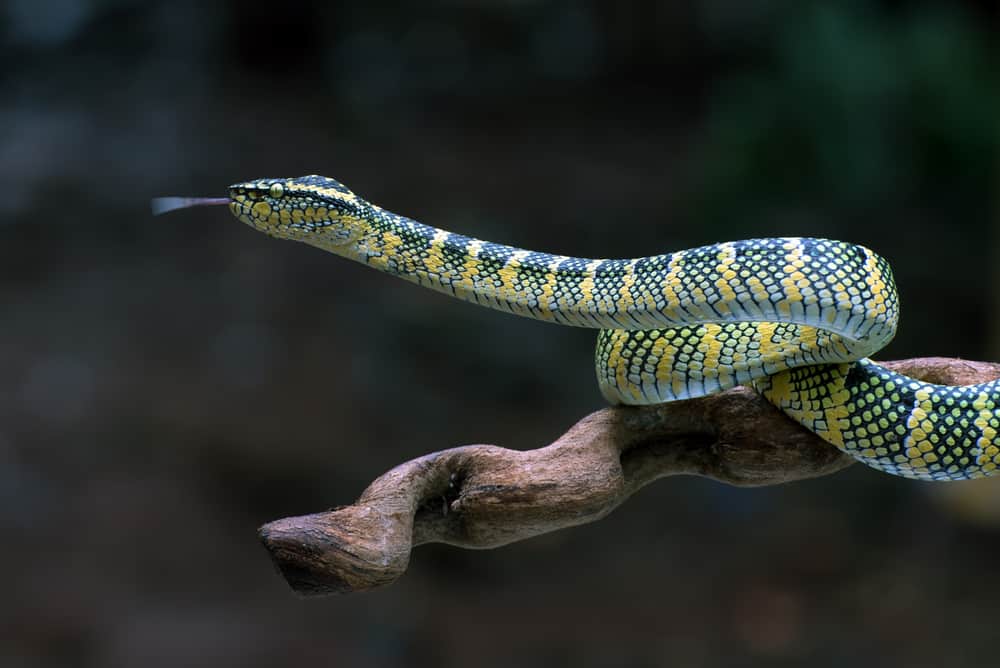
Vipers can be found all over the world, excluding Antarctica, Australia, New Zealand, Madagascar, Hawaii, some island clusters, and anywhere north of the Arctic Circle.
Every single species of viper is venomous, with the most venomous species living in tropical locations like South America and Africa.
The vipers found in colder climates tend to have less potent venom.
2. Vampire Finch
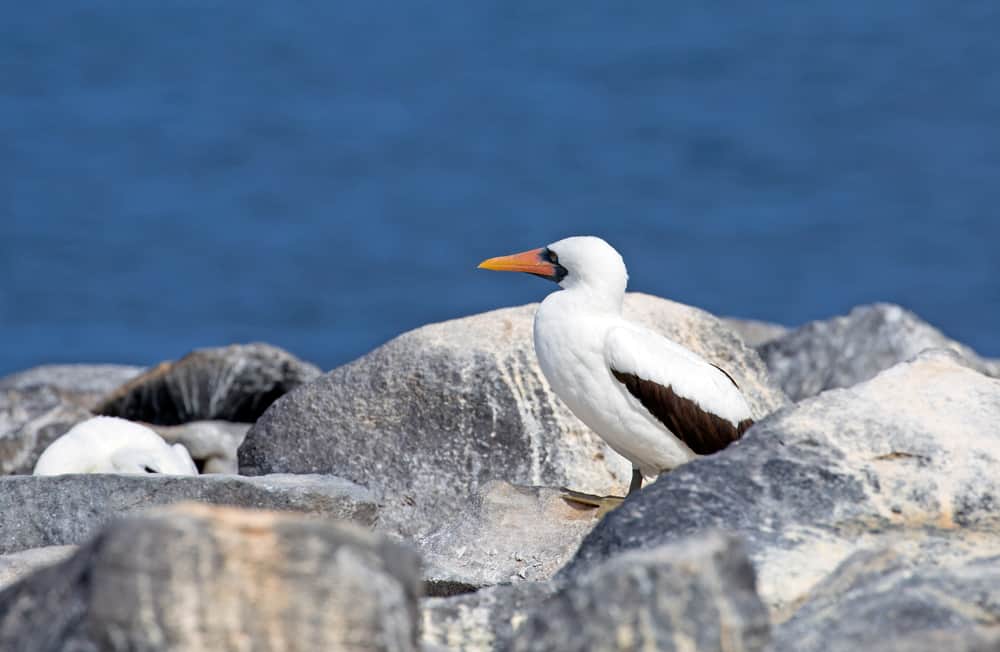
The vampire finch is a small bird that was first spotted in 1964.
As the name suggests, vampire finches drink the blood of other birds.
Scientists believe that the vampire finches gained a taste for blood while picking parasites out of open wounds.
While they will normally eat bugs, they have problems drinking the blood red-footed boobies that share the Galápagos Islands with them.
3. Velvet Bellied Lanternshark
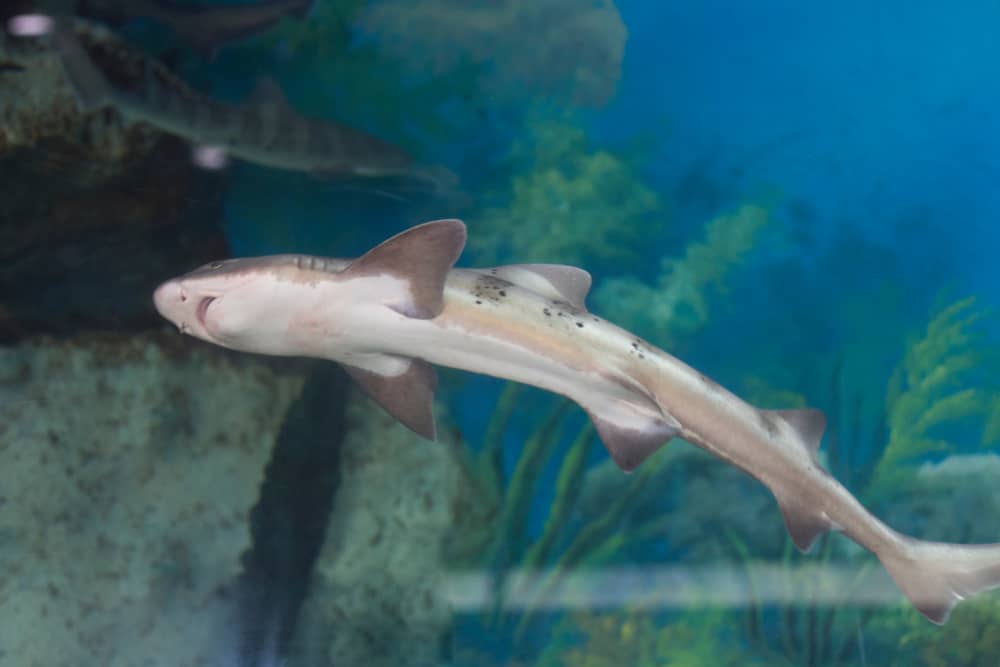
Velvet Bellied Lanternsharks are common deep sea sharks that hunt along the bottom of the northeastern Atlantic Ocean.
However, they can be found as far away as Norway or even South Africa.
These small sharks are bioluminescent, meaning that they have a natural glow to their body.
Young lanternsharks eat krill and small fish, but adults will go after squid and shrimp.
4. Visayan Spotted Deer
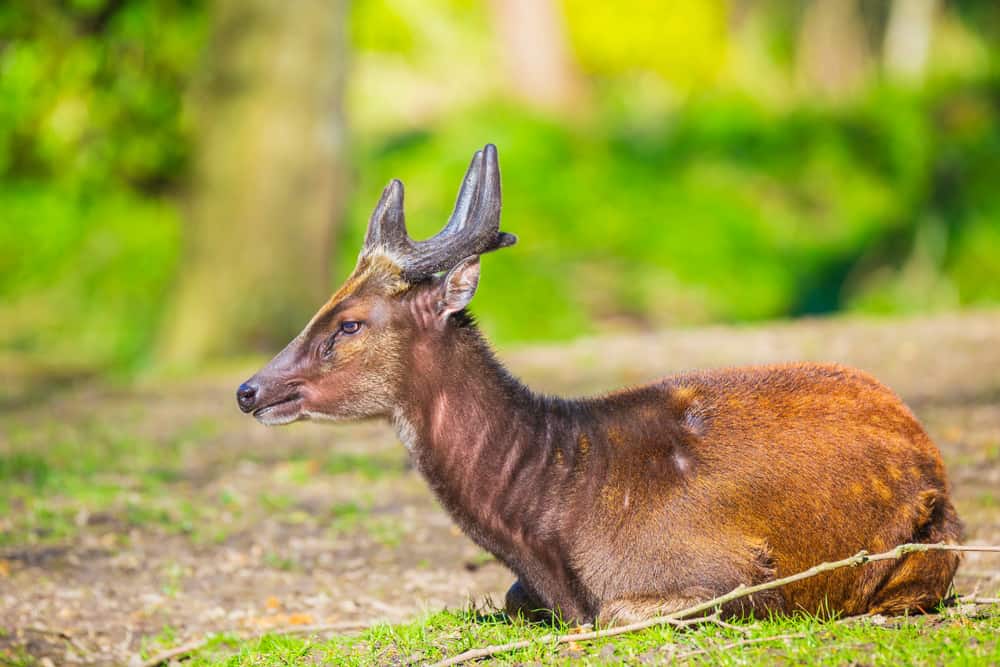
Visayan spotted deer are only found on the Visayan Islands, which are in the central Philippines.
Due to their tiny habitats, they are the rarest breed of deer in the world.
Although the deer used to inhabit the majority of the Visayan Islands, they now only occupy two of the islands.
They lost their habitats on the other islands to logging and civil expansion.
5. Vole
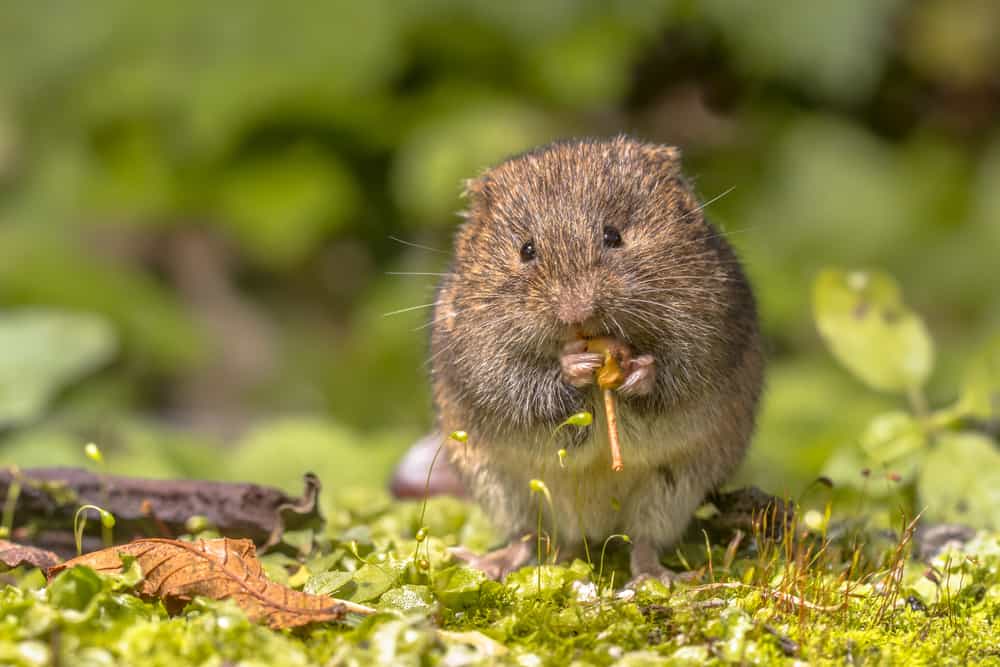
Voles are small, mouse-like rodents that can be found all over the Northern Hemisphere, including North America, Asia, and Europe.
They spend most of their days underground in the burrows that they create.
Voles prefer to eat the vegetation that grows in their burrows, but they are also known for eating grass and other plants.
6. Vietnamese Mossy Frog
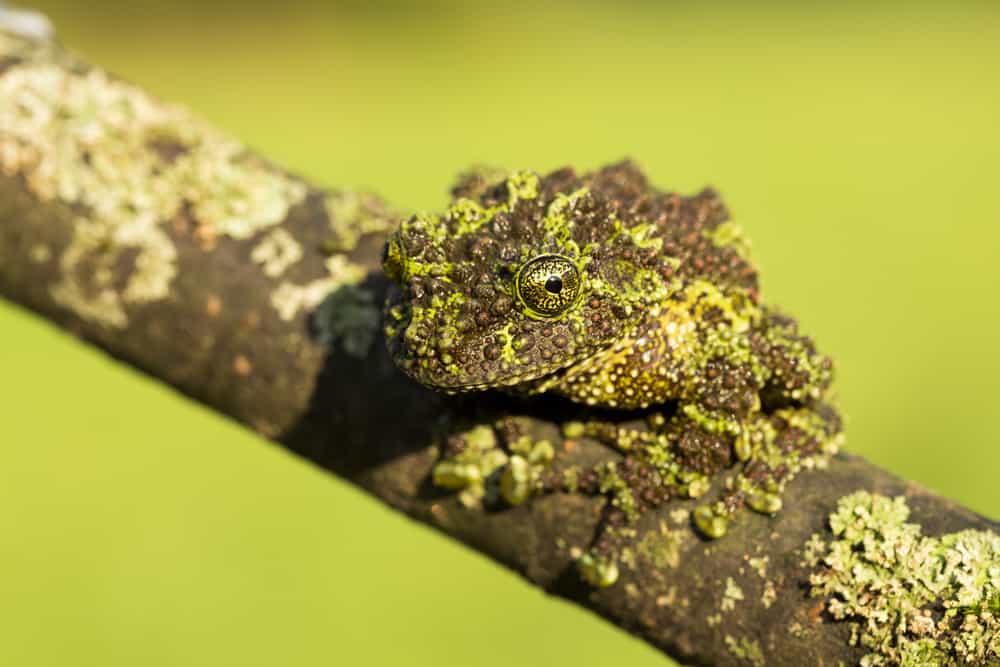
The Vietnamese mossy frog is covered in bumps that give the frog the perfect mossy camouflage.
When frightened, they will curl up into a ball and play dead.
Thanks to their camouflage, they are nearly impossible to spot, even for a human.
These frogs will cling to mossy surfaces to blend in with the moss in order to avoid predators like snakes and tree-dwelling mammals.
7. Vanjaram
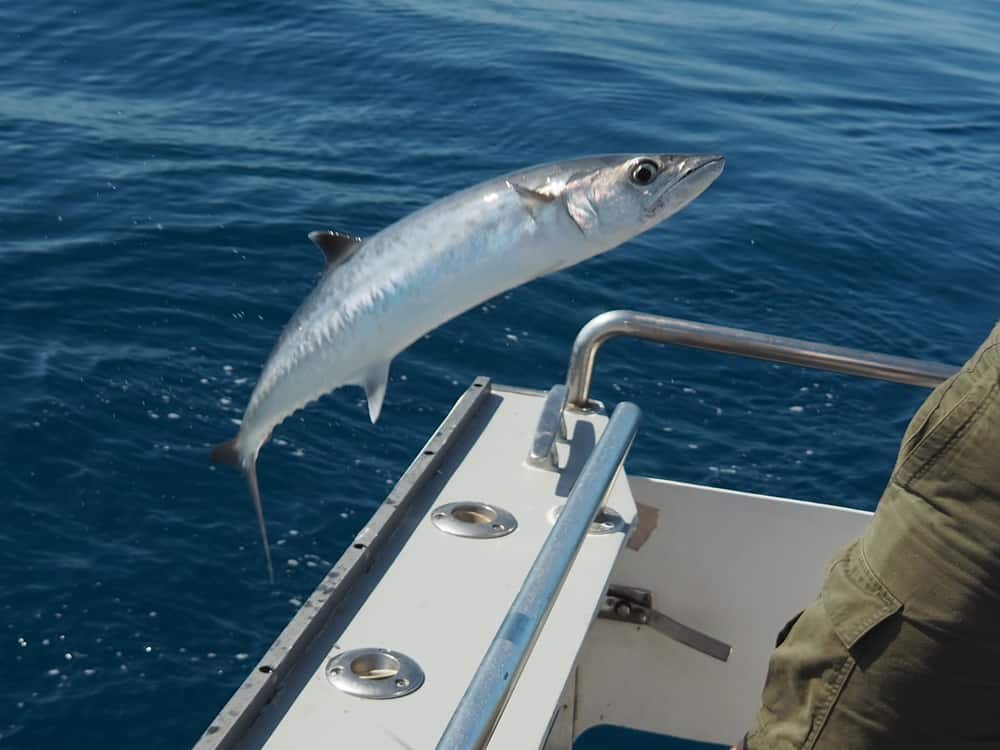
The Vanjaram, also known as the Indo-Pacific king mackerel, is a fish known to grow up to 100 pounds and jump out of the water when trying to be caught by fishermen.
Due to them being considered a delicacy, they can be quite expensive to purchase.
To grow as large as they do, Vanjaram will eat smaller fish, crustaceans, and even squid.
8. Virgin Islands Coqui
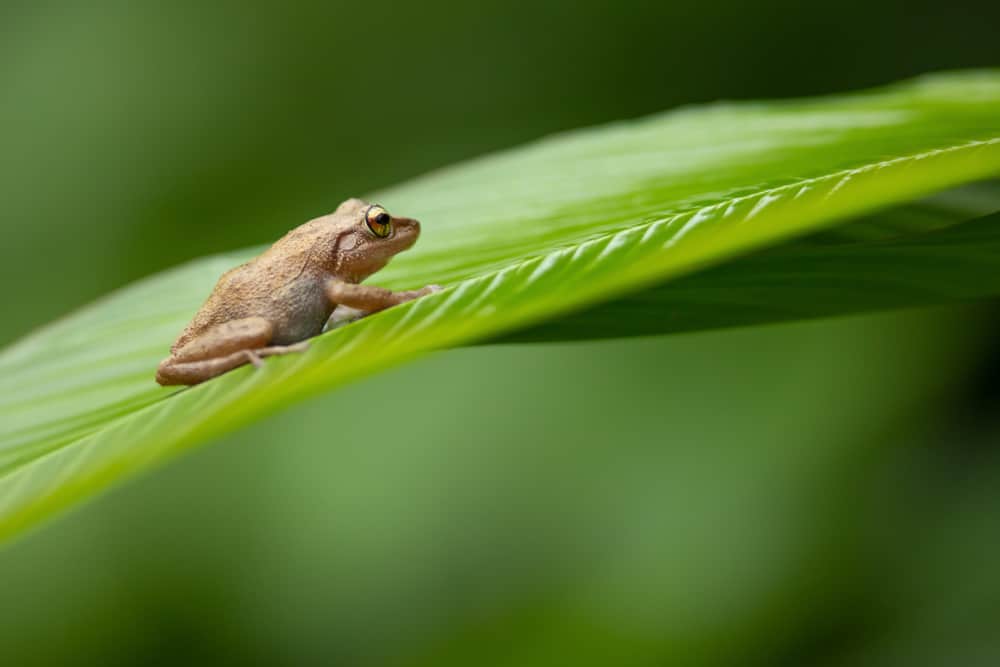
The Virgin Islands Coqui is a small red frog with large golden eyes that may be in trouble.
There have been petitions to add them to the list of endangered species due to the dropping rates in their populations.
Environmentalists believe that loss of habitat due to deforestation and a certain type of fungi are to blame for the Virgin Islands coqui’s decreased population.
9. Vizsla
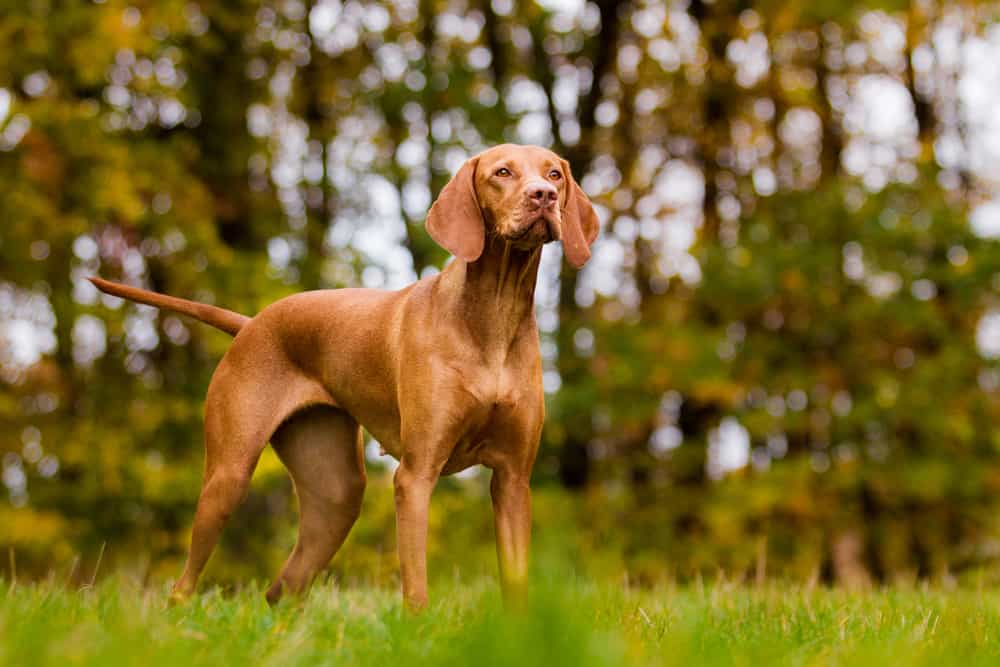
The vizsla is a Hungarian breed of sporting dog that has become increasingly popular in the United States over the past couple of years.
These sleek, active dogs are known for being incredibly loyal to their owners and have extremely expressive faces to display their sensitive emotions.
Vizslas are incredibly smart dogs that need constant activity in order to lead happy, healthy lives.
10. Val’s Gundi
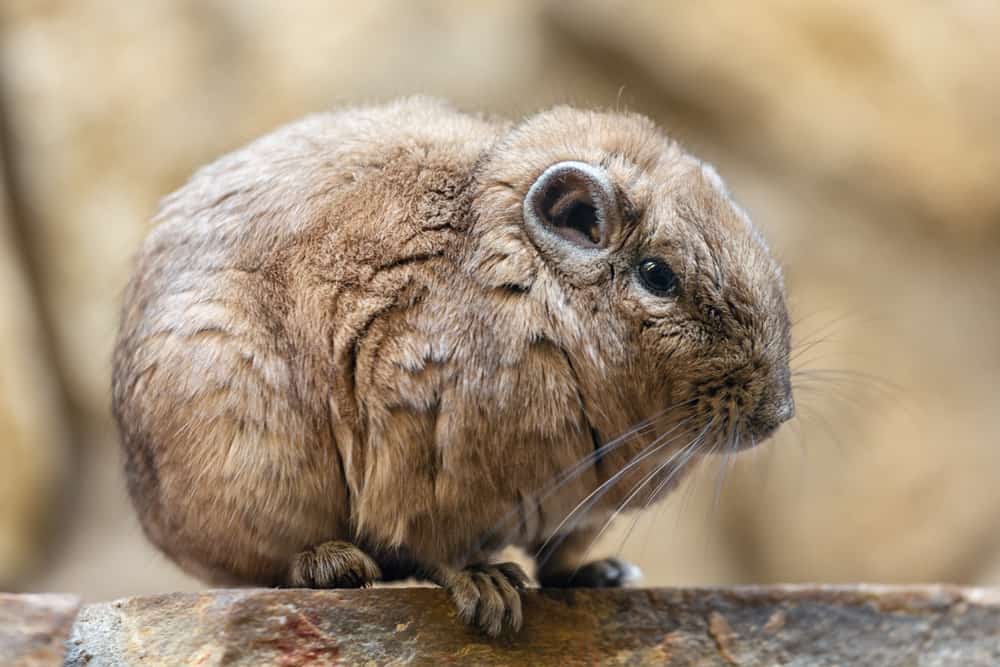
Val’s gundi is a species of rodent that can be found in Algeria, Libya, and Morocco.
They prefer tropical dry shrubland, subtropical, or rocky environments.
Val’s gundi has an extremely similar build to guinea pigs, except that it has larger and rounder ears.
These rodents prefer to live alone and will only come together in order to mate.
11. Vermillion Snapper
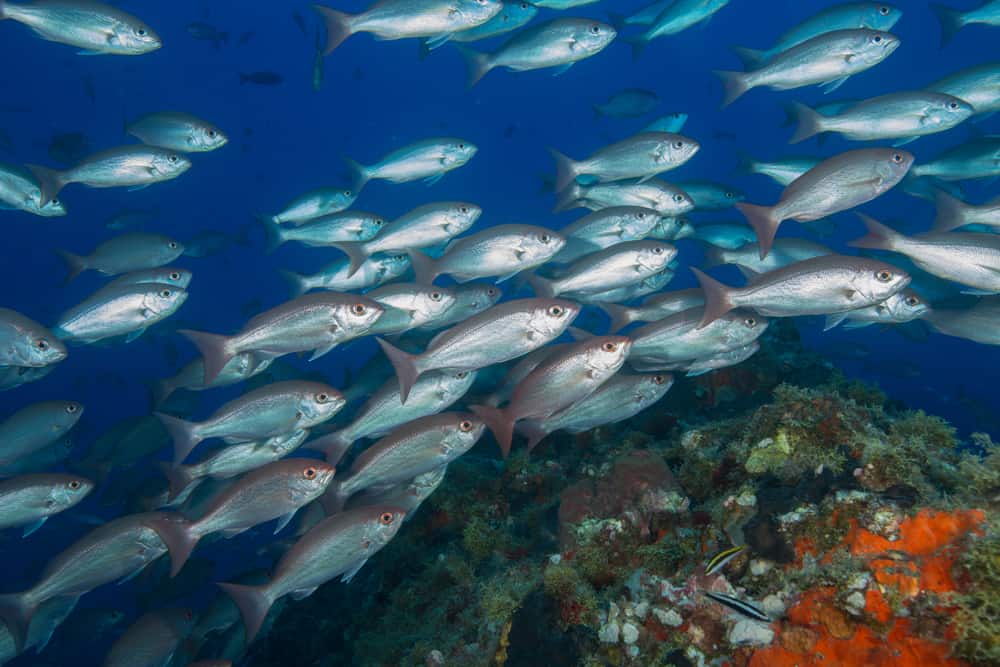
Vermillion snappers are massive fish that slowly grow to be two feet and can weigh over seven pounds.
To get to this size, it takes a vermillion snapper about 15 years.
They eat shrimp, fish, worms, crabs, squid, and even plankton.
They are most commonly found in the Atlantic Ocean, but can also be found in the Gulf of Mexico and the Caribbean Sea.
12. Velvety Free-Tailed Bat
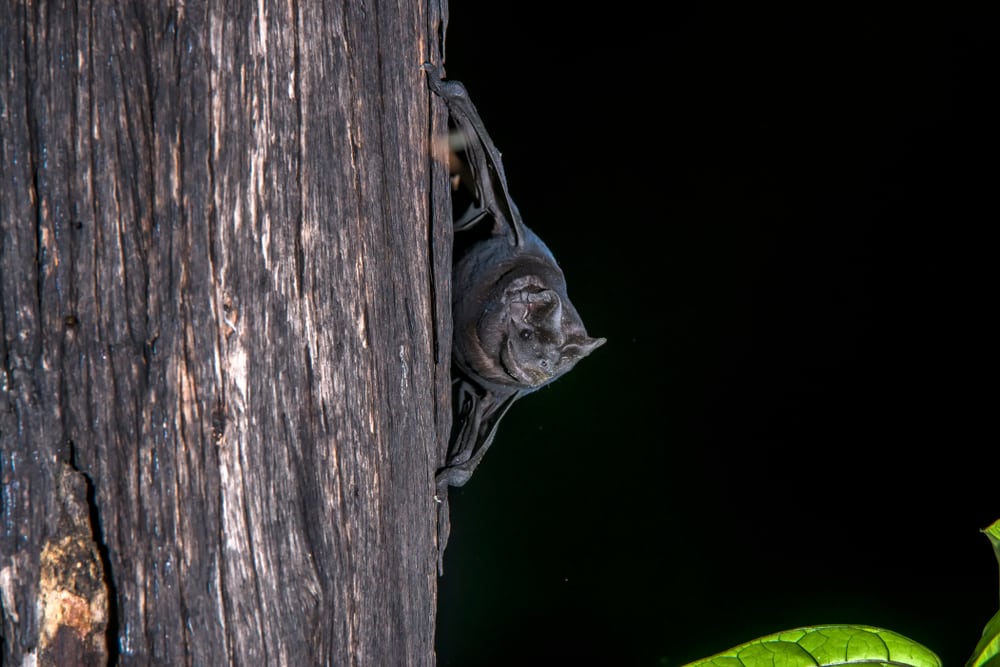
The velvety free-tailed bat is a small, dark bat that can be found in Cuba and the Florida Keys.
Its name comes from the fact that its tail extends well beyond the wings and short-tail membranes.
They have a wingspan of 10 to 11 inches, with bodies that are 2.3 inches to 2.6 inches in length.
13. Velvet Asity
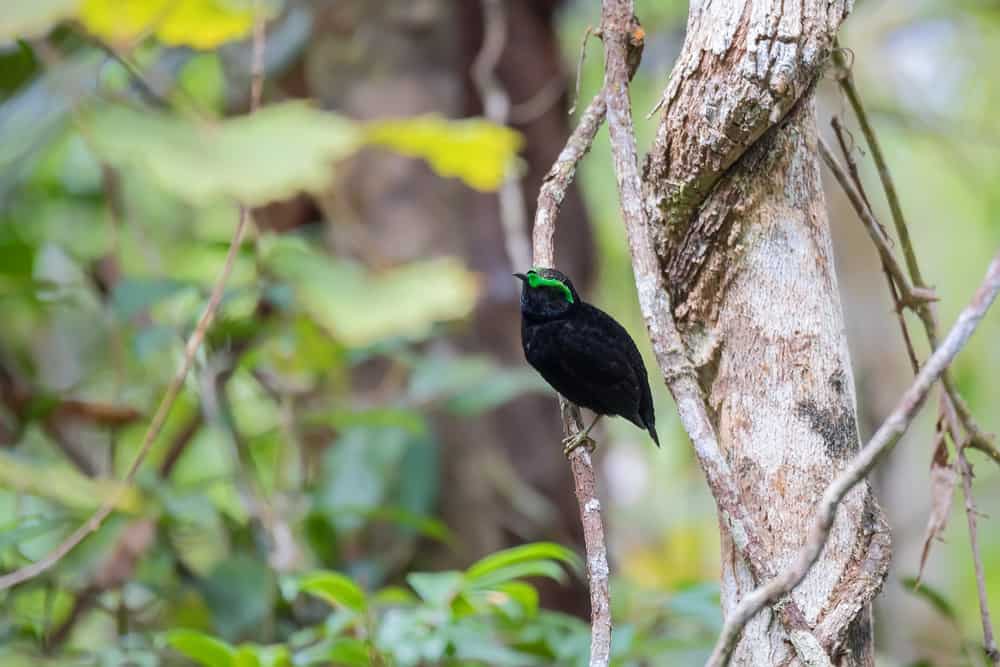
The velvet asity is a tropical bird that can be found in the rainforest understory of Madascargar.
Breeding males are nearly completely black, with green plumage near the eyes.
Nonbreeding males will have that green plumage spreading around their bodies.
Females are an olive color with stripes of black on their chests.
14. Vlaamperd
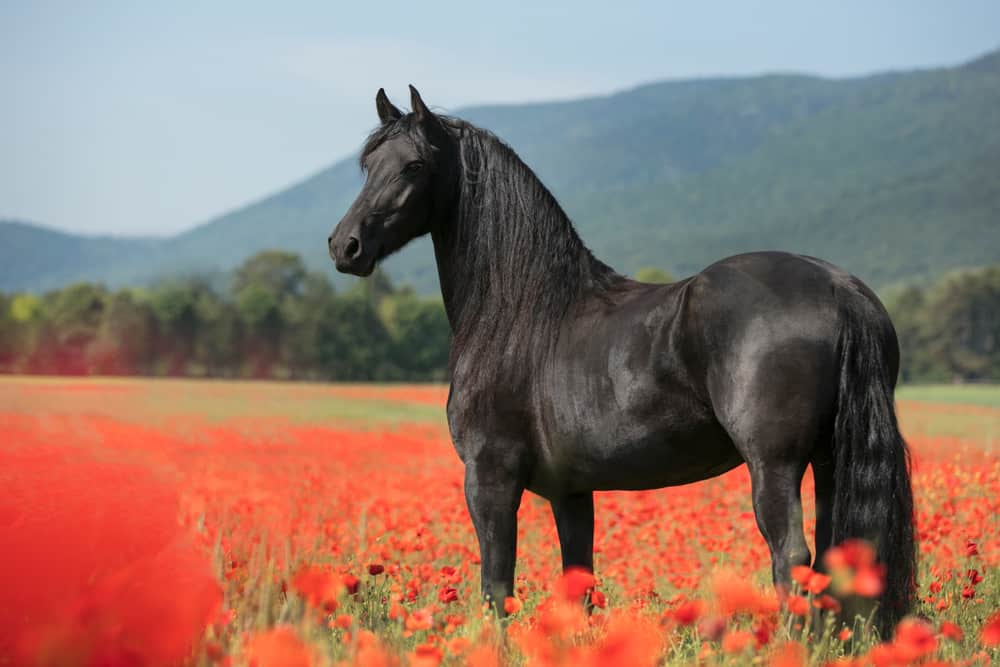
Vlaamperds are an extremely rare breed of horse that was first bred in the Western Cape area of South Africa.
The original breeders had to breed a Friesan, Hackney, Thoroughbred, and a local Cape harness horse in order to create this new breed.
The Vlaamperd breed has been around since the 19th century and ended up replacing the Hantham breed, which went extinct shortly after.
15. Vinogradov’s Jerboa
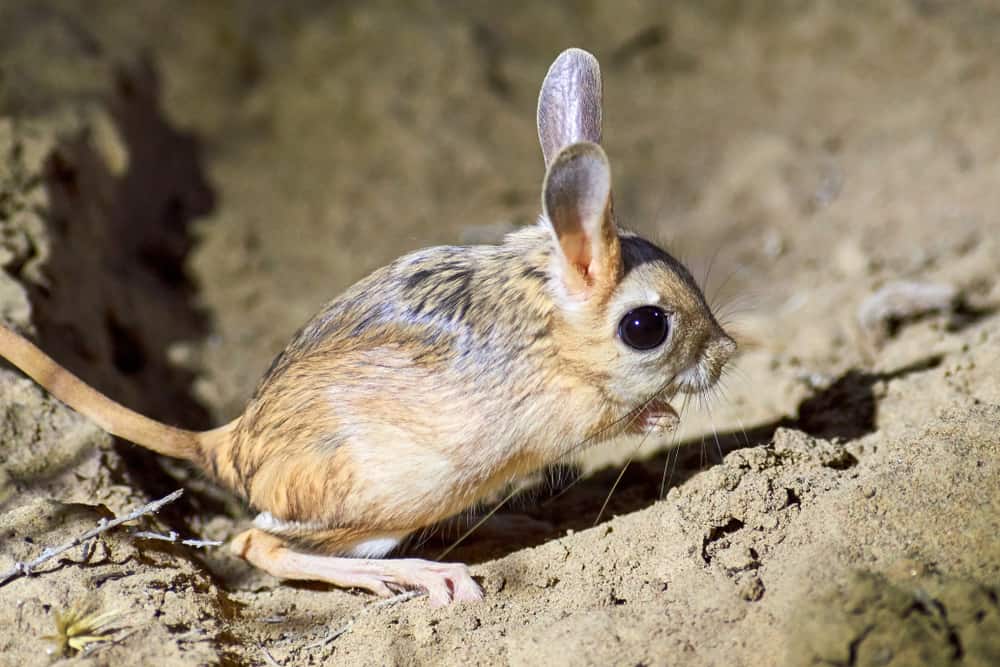
Vinogradov’s jerboa is a small rodent with a long tail that inhabits Kazakhstan, Kyrgyzstan, Tajikistan, and Uzbekistan.
Their bodies resemble a mouse, but they have long tails and rabbit-like ears.
Their long legs allow them to jump like a kangaroo, with some jumping as high as six feet.
16. Vanikoro Flying Fox
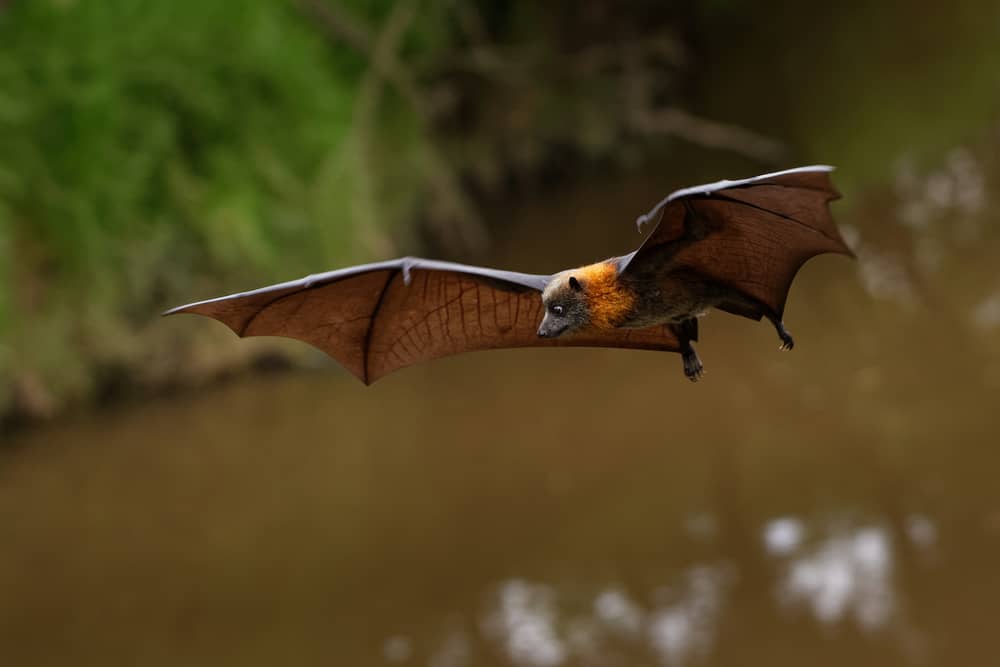
The Vanikoro flying fox is a type of bat that can only be found on Vanikoro Island, which is a part of the southern Solomon Islands.
During the early 1990s, scientists had believed that the flying fox had gone extinct, but a search in 2014 found hundreds of Vanikoro flying foxes living on the island.
17. Velvet Catfish
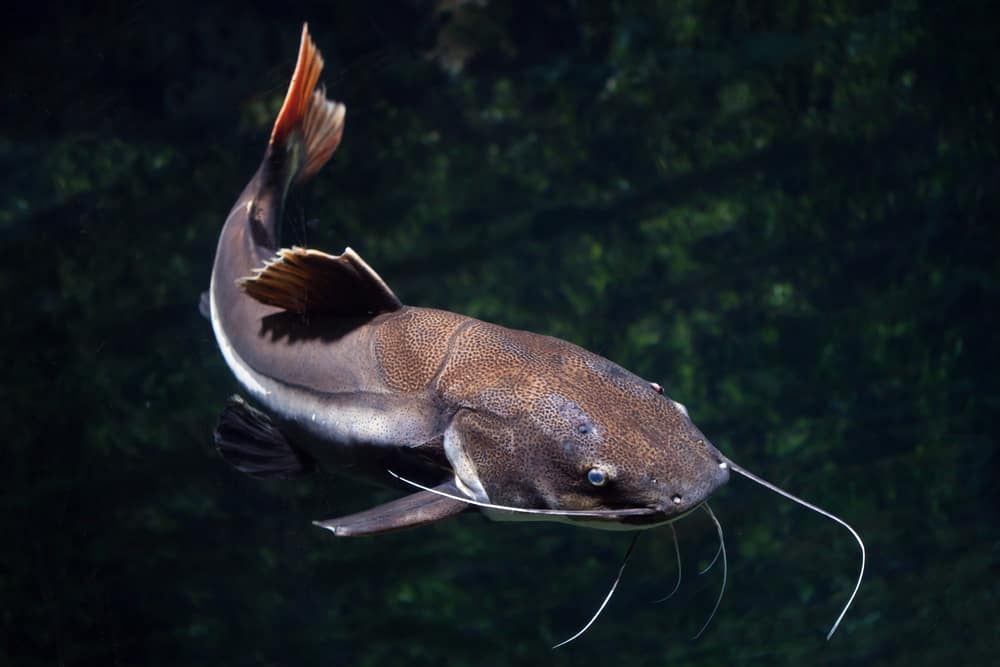
Velvet Catfish, also known as diplomystidae, can be found in rivers at sea levels of up to 6,233.6 feet.
At maximum, these catfish are capable of growing up to 13 inches.
They are carnivorous fish that will eat mollusks, arthropods, and annelids.
18. Valdosaurus
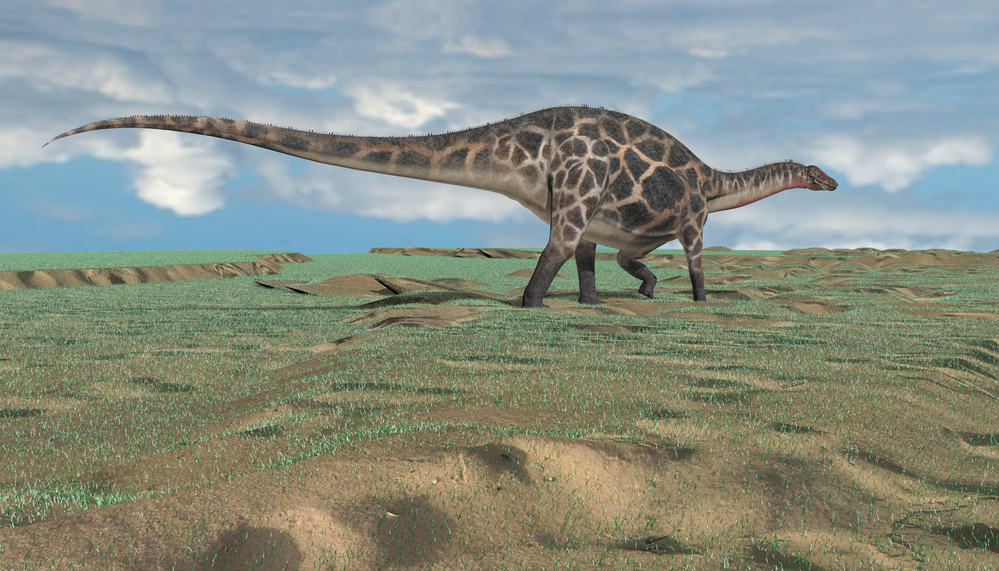
The valdosaurus was a herbivorous dinosaur that roamed prehistoric England, Romania, Niger, the United Kingdom.
They lived during the early Cretaceous period, which was 142 million to 121 million years ago.
Their thigh bones were first found in 1848 and were originally thought to be Iguanodon bones.
19. Victoria Collared Lemming
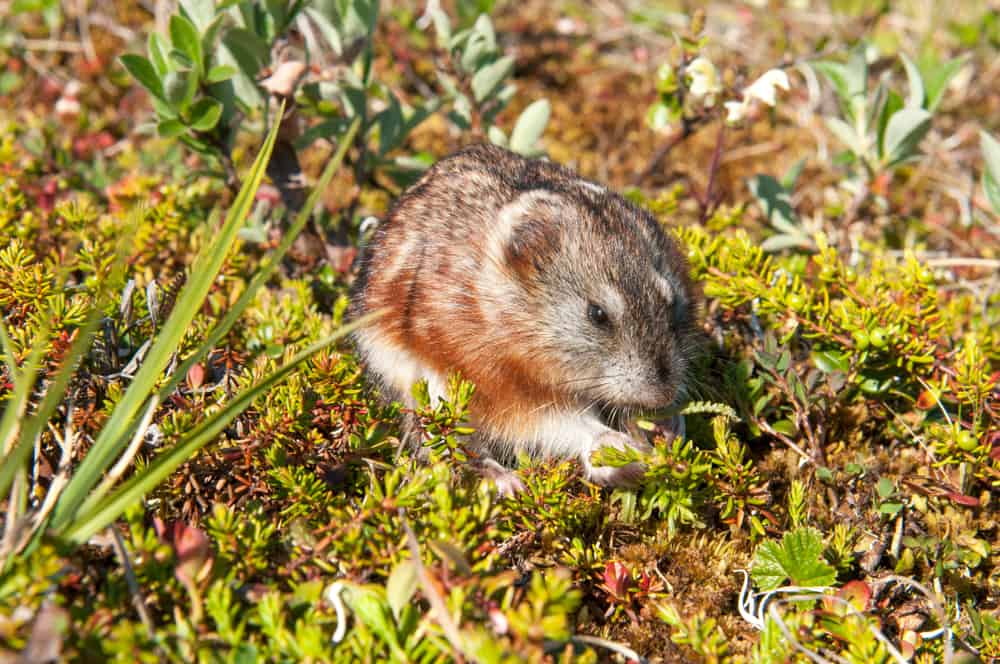
The Victoria collared lemming, also known as the Bering collared lemming, is a small rodent that lives in cold climates, such as Alaska, St. Lawrence Island, Wrangel Island in Siberia, Greenland, and even the arctic islands of Canada.
They’re beloved for their short, stumpy bodies and fur that changes with the season.
In the summer, their coat is lighter and it gets darker in the winter.
20. Vaquita
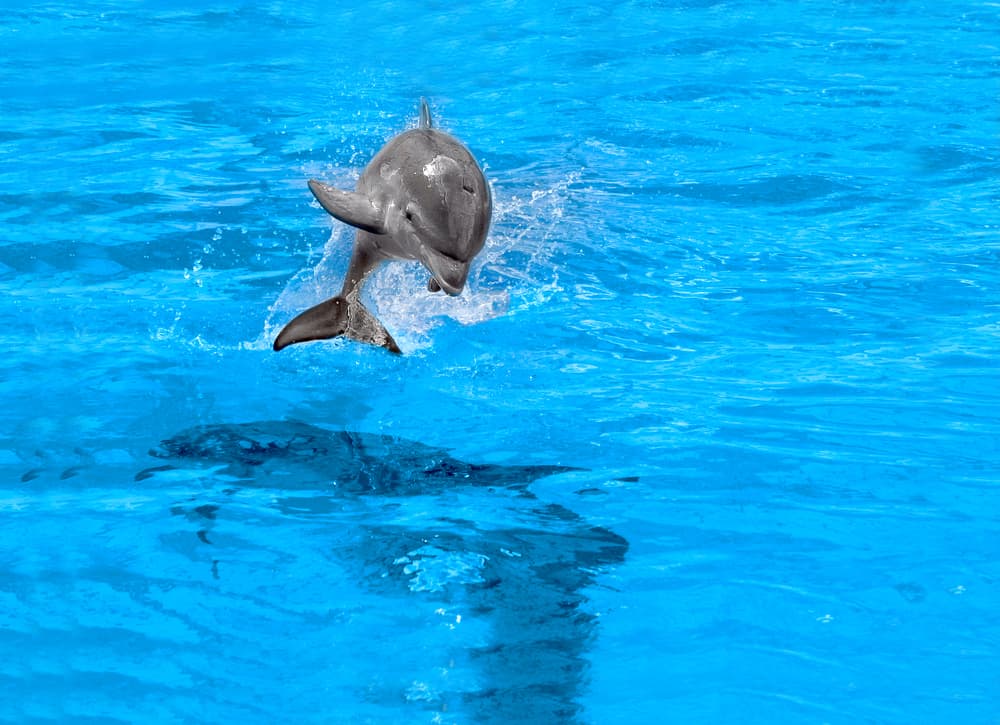
Vaquitas are the smallest members of the cetacean family, which includes whales, dolphins, and porpoises.
They are also the most endangered species of cetacean and are considered to be on the cusp of extinction.
These rare creatures can be found in the Gulf of California, but their population is dropping at an alarming rate.
21. Verreaux’s Sifaka
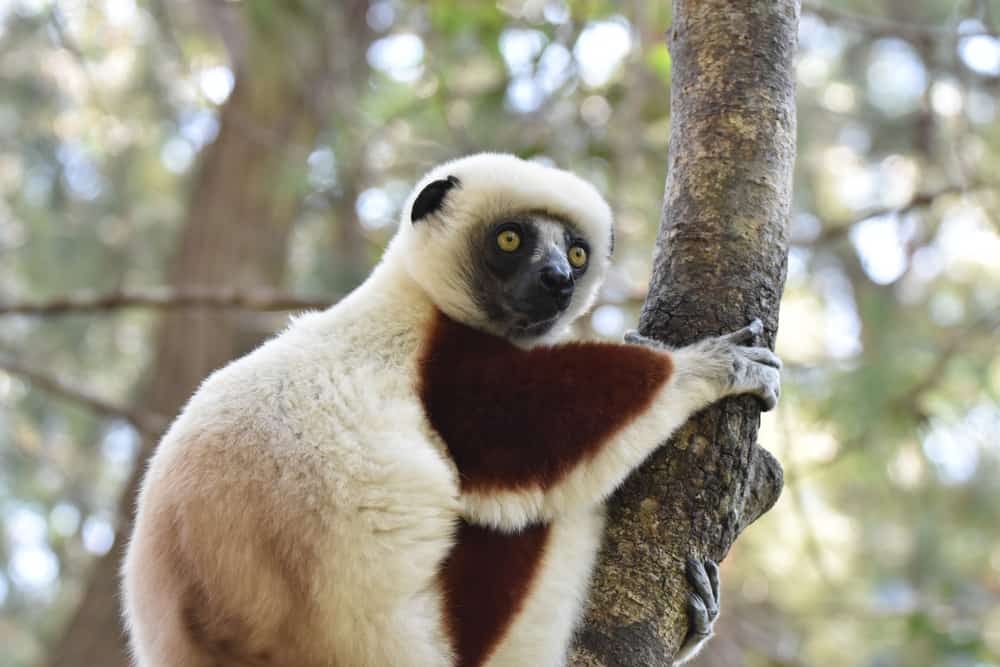
Verreaux’s sifaka are lemurs that hail from only Madagascar, where they hide in the trees of forests and rainforests.
Whenever there are no trees to climb, Verreaux’s sifaka will leap across the ground with long, sideways strides.
Classified as Critically Endangered in 2018, their populations have been threatened by deforestation and being hunted for sport or the illegal pet trade.
22. Volcano Rabbit
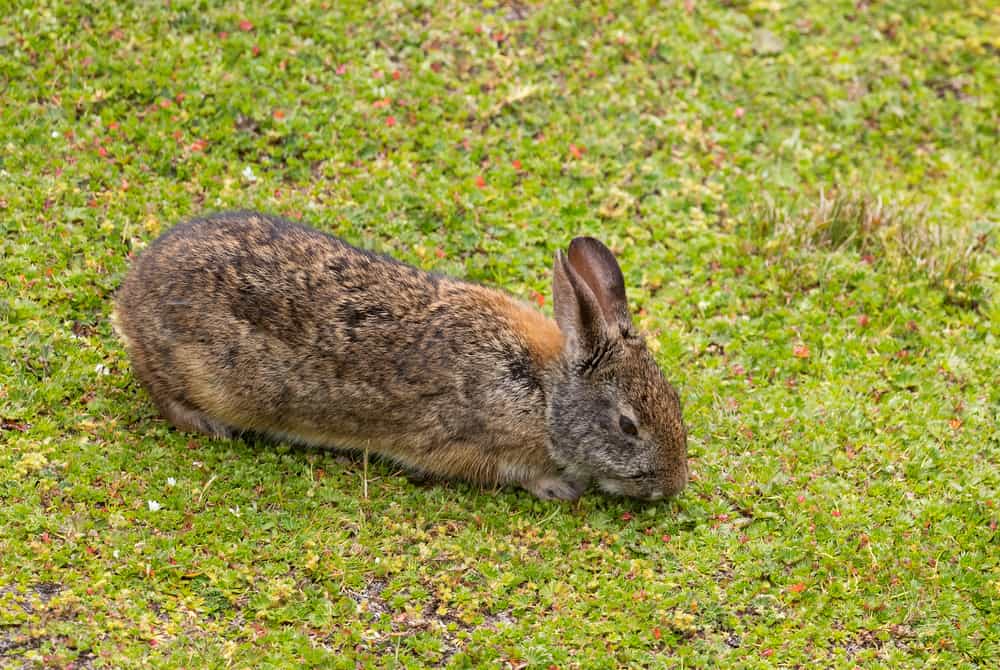
The volcano rabbit is the smallest breed of rabbit to exist, weighing only one pound and being 12 inches in length.
They live on the volcanic slopes of the four volcanoes in central Mexico.
These rabbits need zacaton bunchgrass to eat and hide from predators.
Due to people attempting to hunt volcano rabbits, they too have become endangered.
23. Vanga
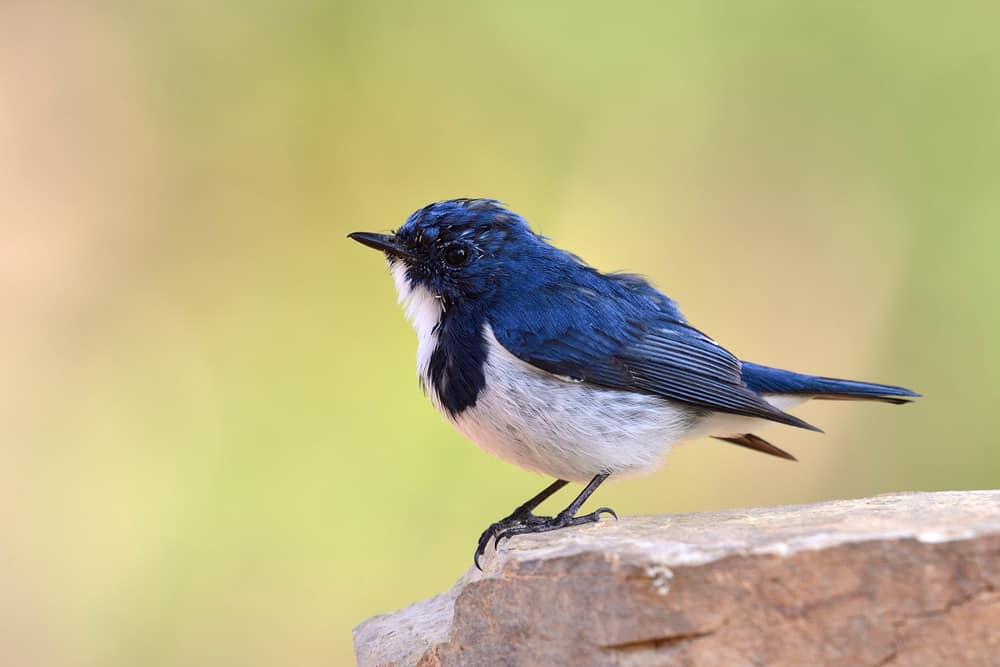
The vanga is a bright blue bird that is native to Madagascar.
They are known for their striking blue feathers and eyes that are outlined with black plumage.
Males tend to be more brightly colored, while females are a much duller shade of blue.
These social birds are almost always found in pairs.
24. Visayan Warty Pig
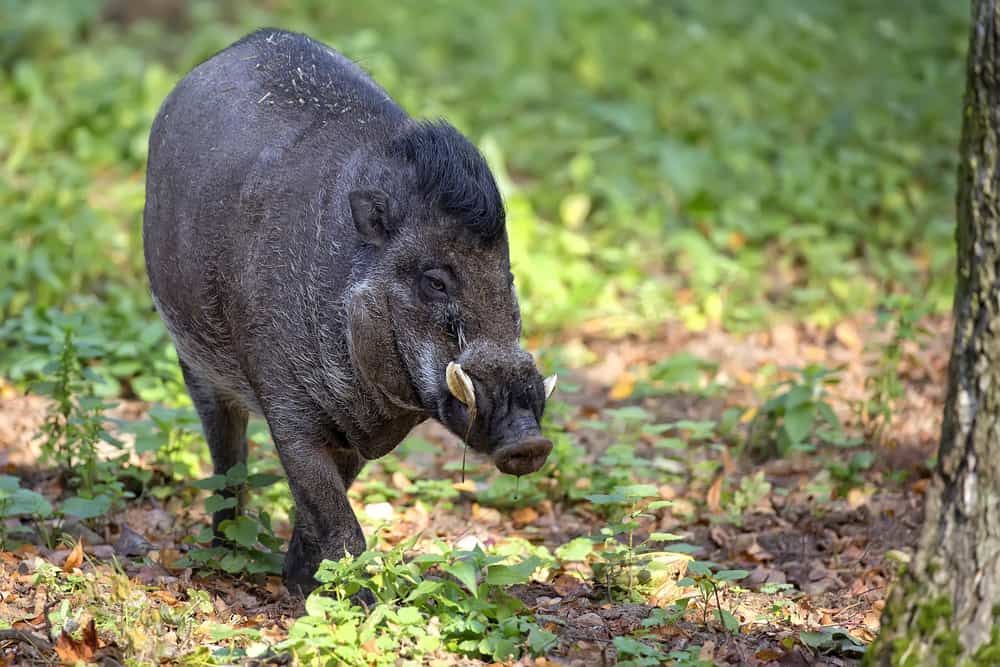
The Visayan warty pig is one of the most endangered species of wild pigs and only live in about 5% of the habitat that they used to.
They are best known for the thick fur that gives them the appearance of having a mohawk or even a pompadour.
Males with larger mohawks attract more females.
25. Vampire Flying Frog
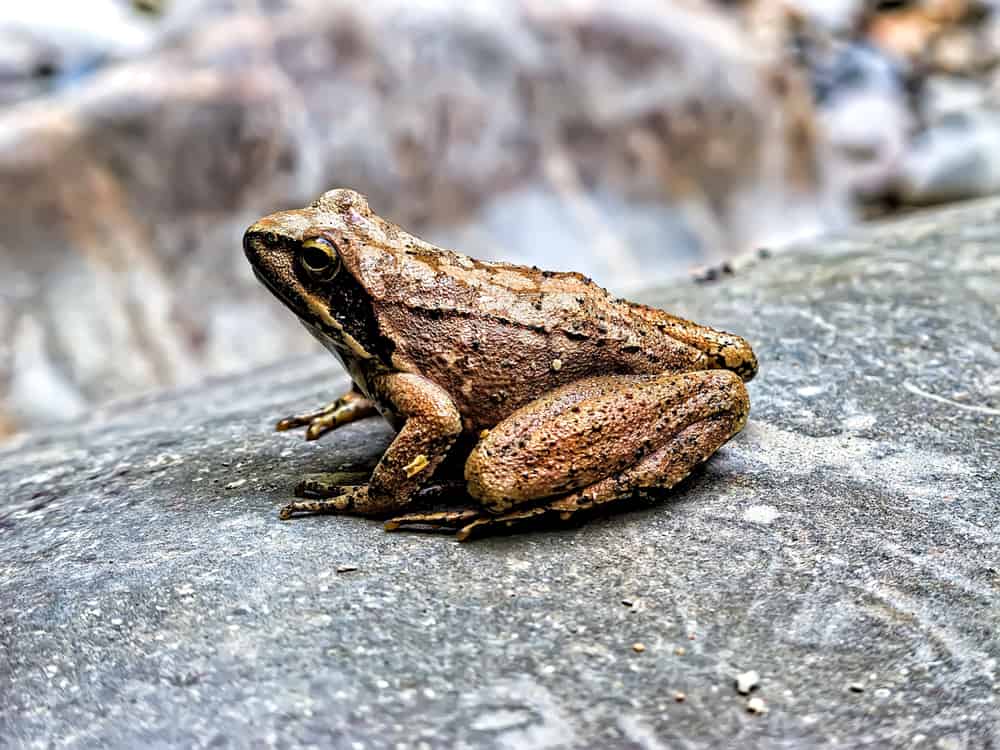
Vampire flying frogs are just as haunting as their names make them out to be.
Their name comes from the fact that their tadpoles have fangs and the frog’s ability to leap from tree to tree.
Despite the scary name, these frogs are quite small, ranging from only four to six centimeters.
These frogs can be found in the Langbian Plateau in southern Vietnam.
26. Viscacha
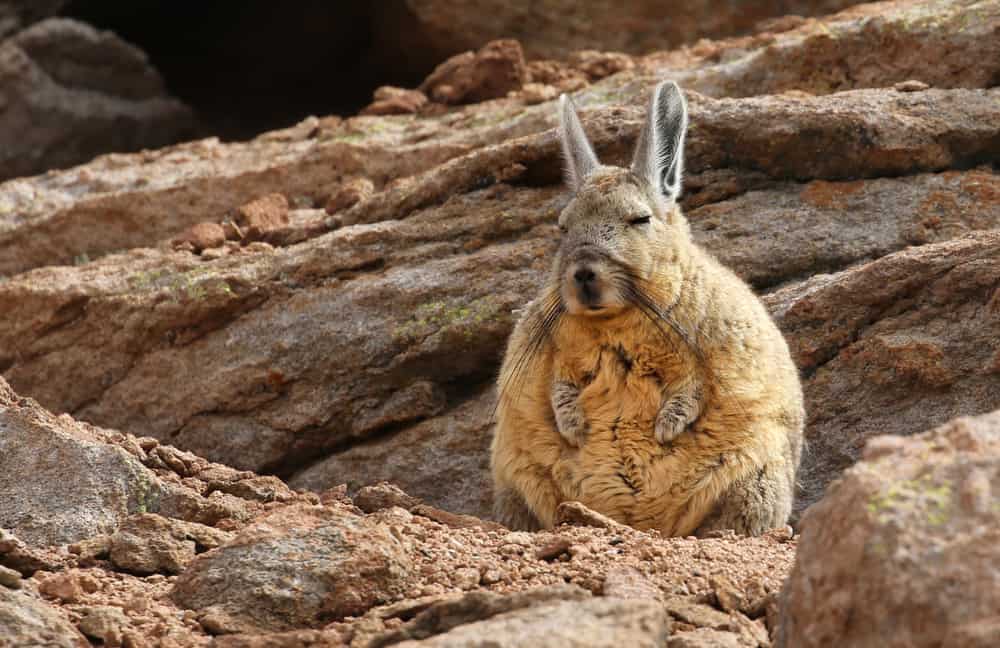
Viscacha are large, chinchilla-like rodents that live near Machu Picchu.
They live in rocky dens and love to munch on the local vegetation that grows in the area.
To avoid predators, viscacha normally don’t come out of their dens until night, though some may be spotted at dusk to get some extra meal time in.
27. Vorderman’s Flying Squirrel
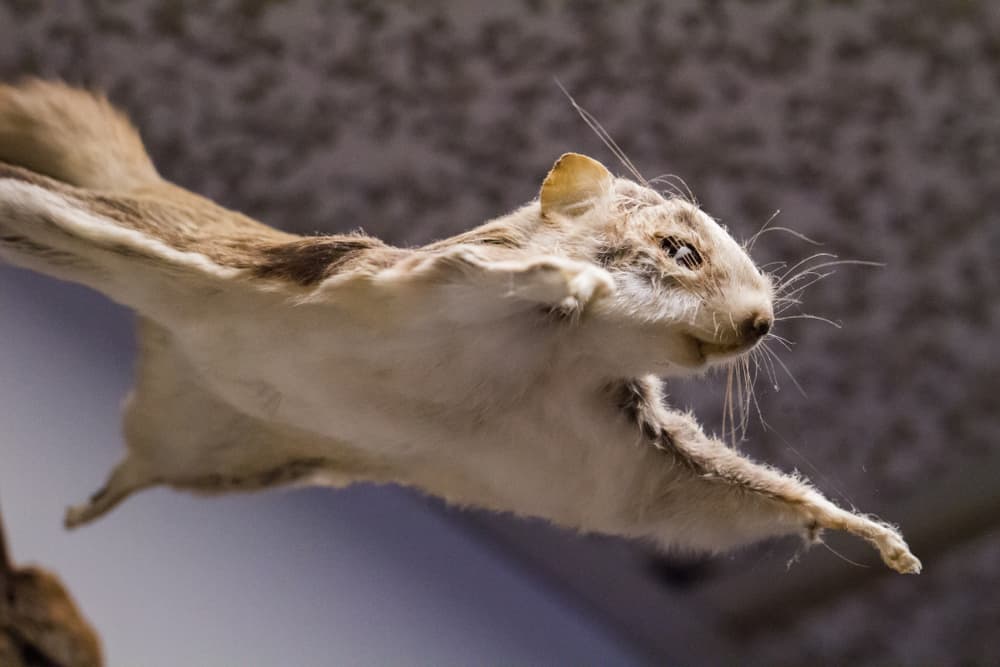
Vorderman’s flying squirrel was first discovered by Adolphe Vorderman and was first described by Fredericus Anna Jentink in 1980.
This flying squirrel was first spotted in Sumatra while Vorderman was on expedition.
However, it can also be found in Indonesia, Malaysia, and Myanmar.
28. Velvet Mite
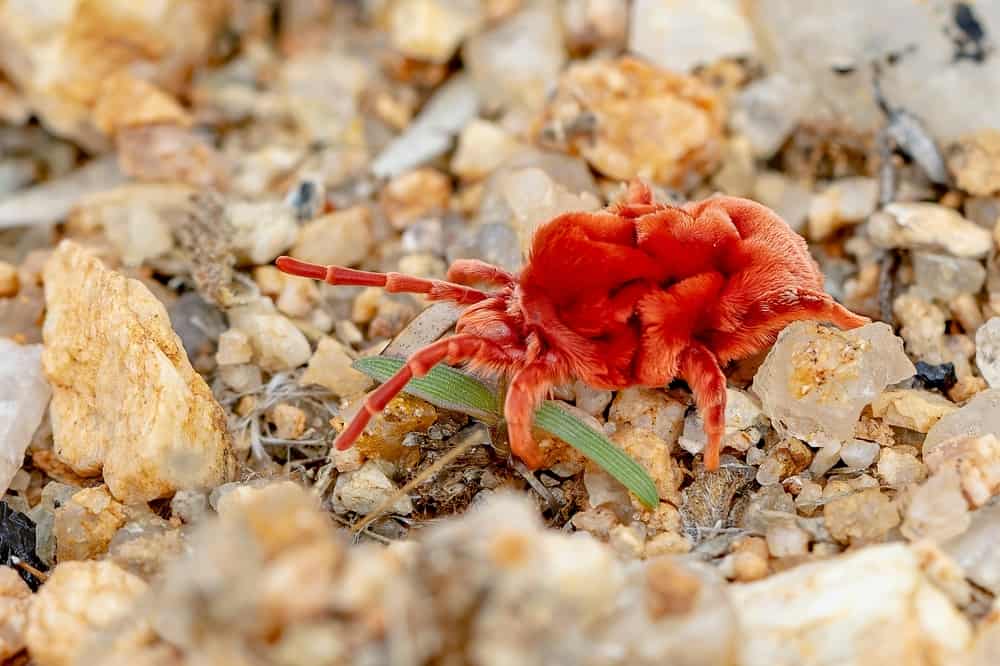
Velvet mites are large, red mites that are completely harmless to humans.
They are most commonly found in the soil around Las Vegas, but they can be found in places like South Africa.
Thanks to their poor flavor, most predators will ignore velvet mites.
Due to their eating habits, they are used as biological control agents for some pest species.
29. Violet Sea Snail
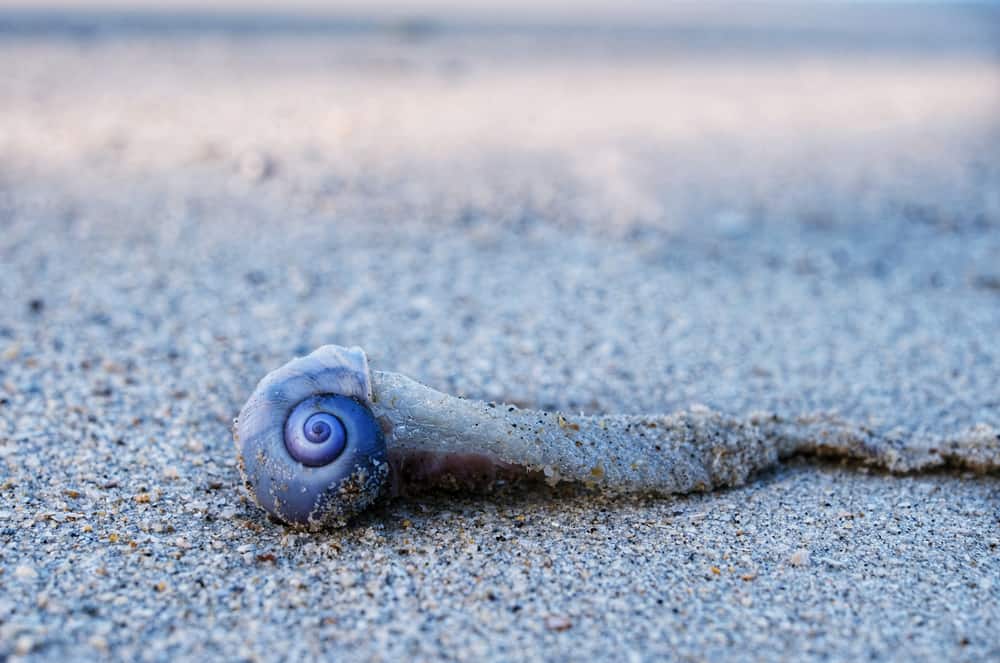
The violet sea snail has a translucent body and a bright violet shell.
They are most commonly found in Queensland, New South Wales, Victoria, eastern Tasmania, along with western and southern Australia.
These sea creatures are completely blind and spend their entire lives drifting in the ocean, catching food along the way.
30. Velvet Ant
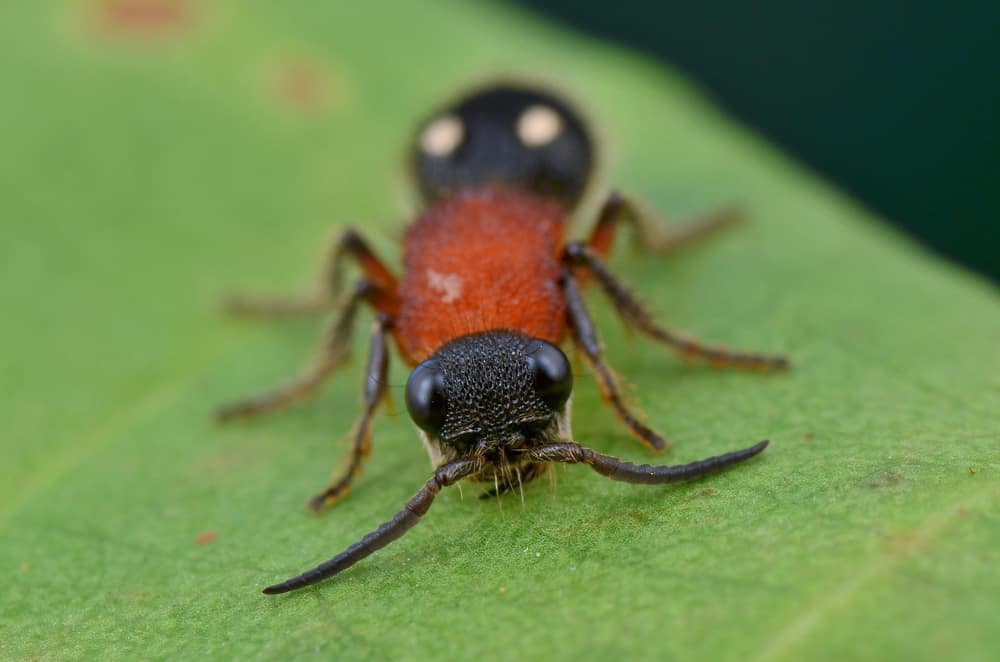
Velvet ants, which are also known as cow killer ants, aren’t actually ants at all.
They’re considered to have one of the most painful stings that an insect can produce.
These wasps are located throughout the United States.
The females appear more ant-like because they’re wingless, but males have wings.
31. Violet Goby
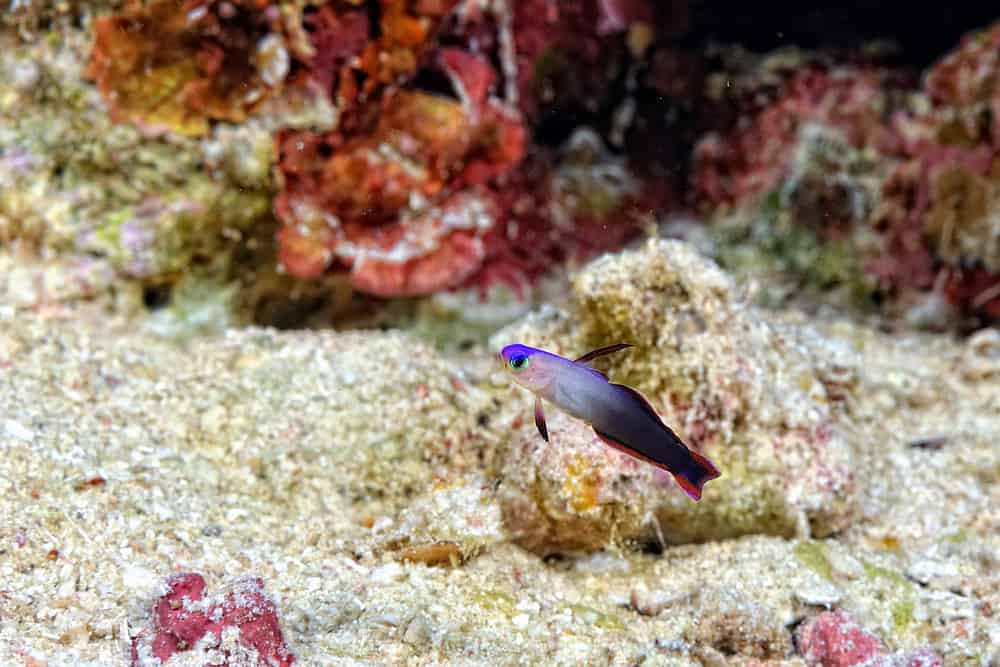
The violet goby, or dragon fish, are natively found throughout North, South, and Central America.
Due to their prehistoric, dragon-like look, fish enthusiasts have begun to take on the challenge of raising this skittish fish.
In captivity, these fish are capable of living up to a decade and can get as long as two feet.
32. Vine Snake
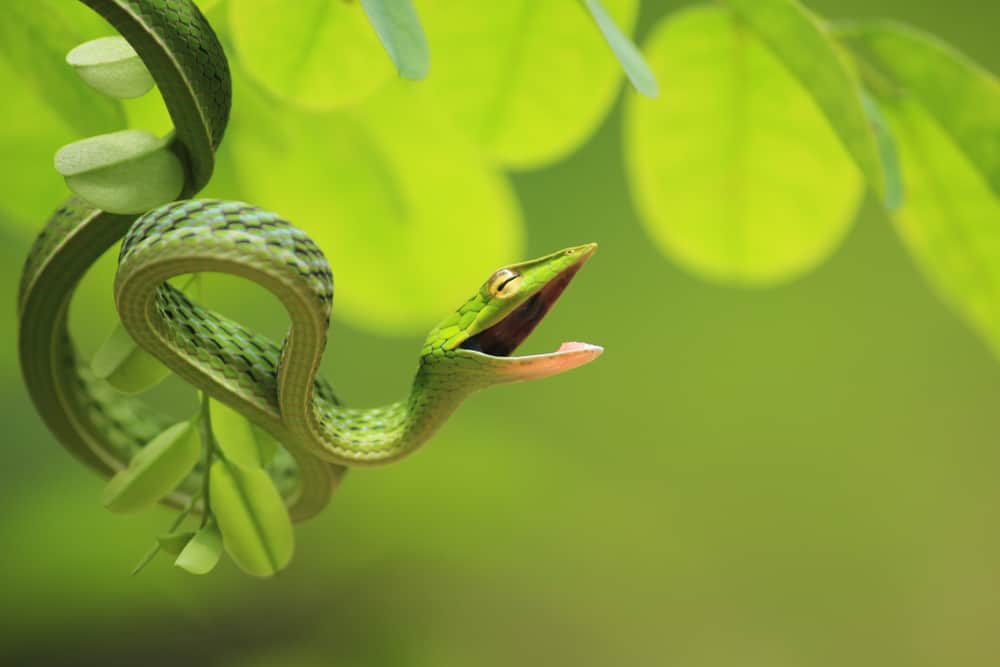
Vine snakes are long, slender snakes that prefer to spend their lives in the trees, blending with the other vines.
They are considered to be mildly venomous and can be found in South and Southeast Asia.
Due to the prey that human settlements attract, vine snakes will often appear to hunt frogs, rodents, and other small mammals.
33. Vulture
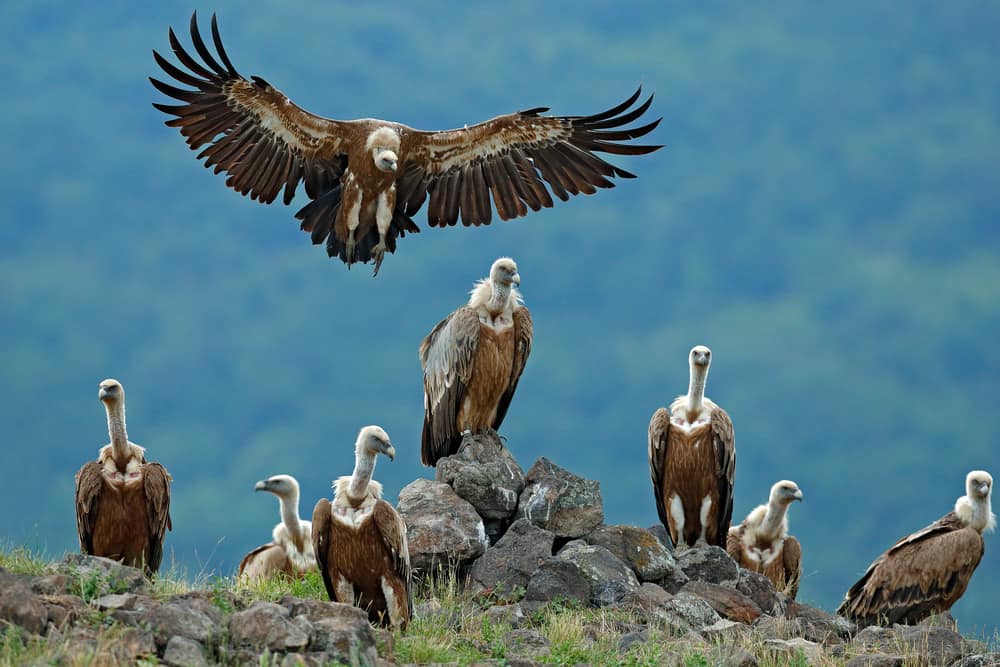
Vultures are the best known scavengers in the world.
Thanks to their extremely corrosive stomach acid, they are able to eat rotting carcasses without getting sick and kill the bacteria in their meals.
They can find their food thanks to their incredible sense of sight and smell, which allows them to survey and claim large areas.
34. Viceroy Butterfly
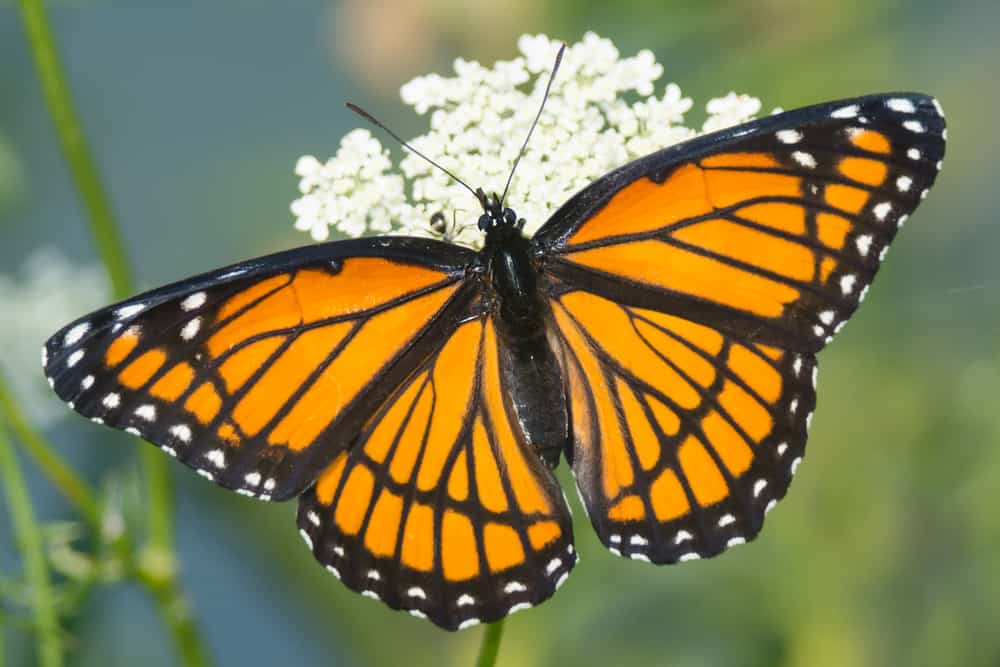
The viceroy butterfly is a brush-footed butterfly, which means they have tiny hairs covering their entire forelegs that they use for brushing the surface of flowers.
This also makes them incredible pollinators.
Although often confused for monarch butterflies, the viceroy butterfly has yellow and orange wings.
35. Vampire Pleco
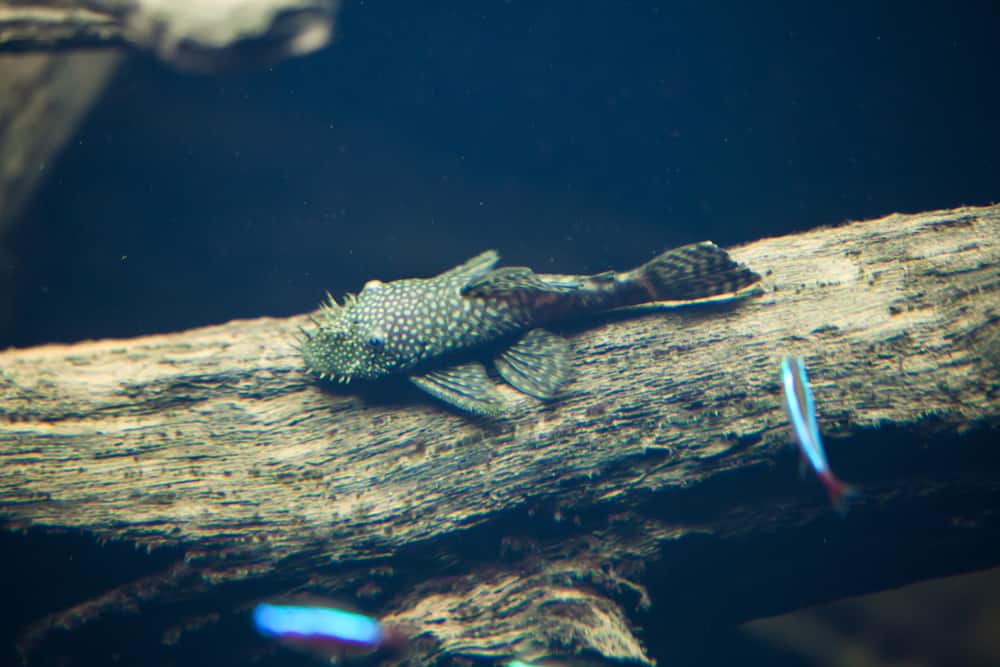
The vampire pleco is a carnivorous black fish that is covered in white dots.
They are incredibly territorial fish that will eat other fish that try to infringe on their space.
They’re capable of reaching lengths of up to 10 inches.
These powerful fish prefer the wild rapids to any slow-moving or still waters.
36. Vietnamese Hmong Horse
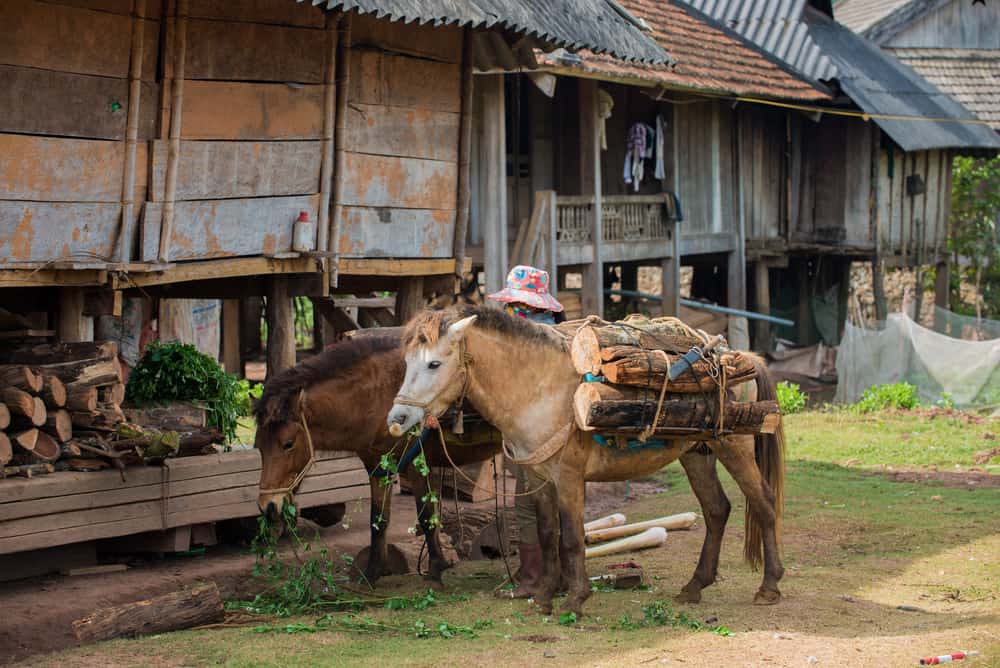
The Vietnamese Hmong horses were first introduced during the late 19th century.
They’re incredibly short horses, standing at about 3.5 feet.
While nobody knows the true origins of this small breed of equine, many have assumed that they derive from one of the smaller Mongolian ponies that live in the area.
37. Vegetable Weevil
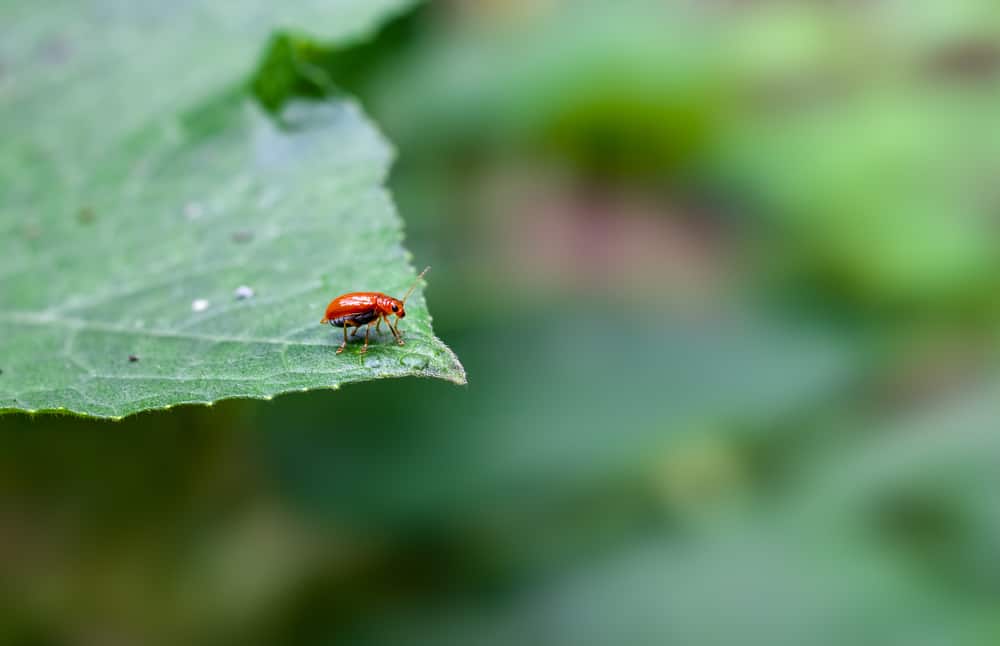
Those who have a green thumb despise the vegetable weevil.
These tiny pests are prone to eating all sorts of vegetable crops, such as potatoes, carrots, turnips, lettuce, and tomatoes.
Vegetable weevils are only eight millimeters long, but they don’t let size stop them from doing massive damage to crops.
38. Vicuña

Vicuñas are the smallest members of the camel family and are closely related to llamas and alpacas.
There are 350,000 vicuñas in the world, and they can only be found in South America.
They’re herbivores that love grass so much that it makes up about 59% to 72% of their entire diet.
39. Volcano Harvest Mouse
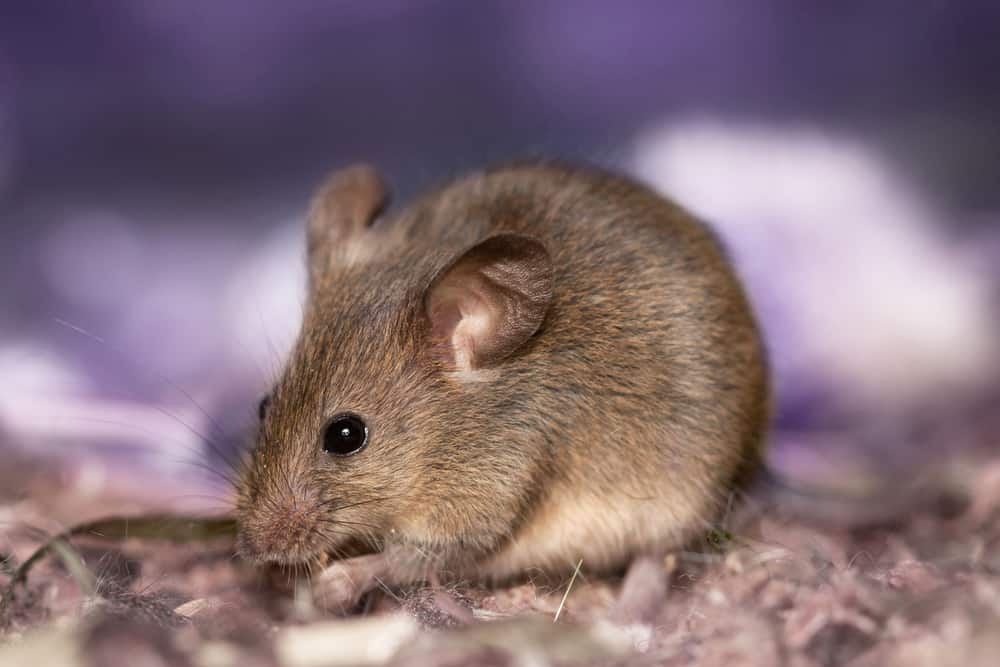
The volcano harvest mouse was once thought to have gone extinct, but its population is doing much better than scientists expected.
After the eruption of Mount Pinatubo in 1991, scientists believed that the blast killed nearly every animal in the area.
However, the volcano harvest mouse turned out to be more resilient than anyone had hoped.
40. Visored Bat
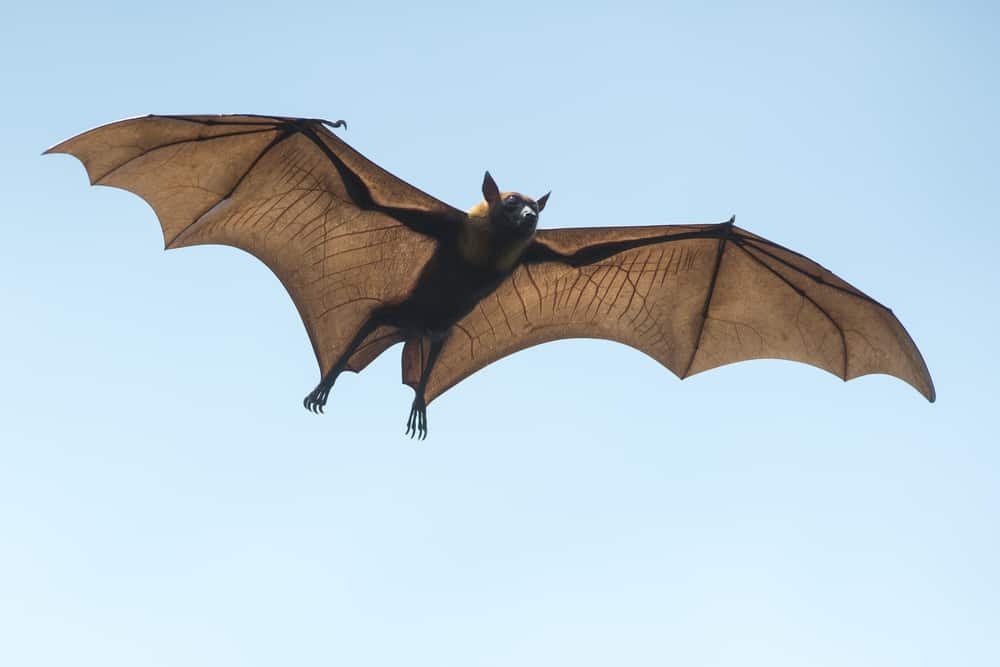
The visored bat is so shocking looking, it is nearly impossible to forget their visor-like forehead.
These bats can only be found in Colombia, Venezuela, and the Amazonian regions of Brazil and Peru.
They prefer large, open areas with plenty of space to fly around.
They’ve never been viewed while eating, but researchers have found fruit pulp in some subjects.
41. Vyatka Horse
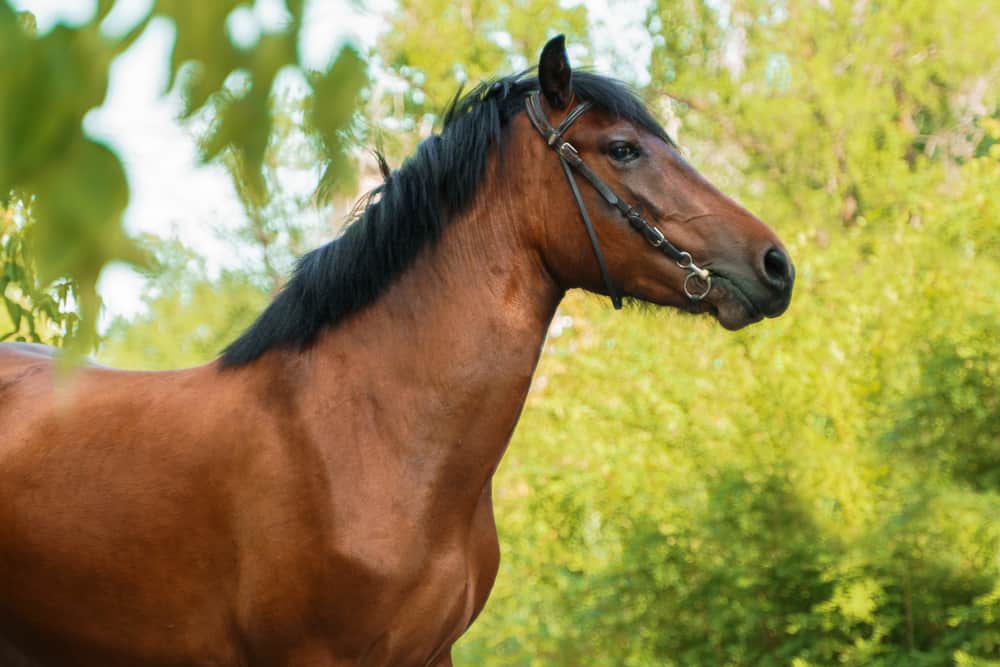
Vyatka horses are known for being some of the most gentle, willing, and friendly breeds of horses.
On average, these horses weigh about 880 pounds and stand at a little taller than 4.5 feet.
When put to work, Vyatka horses have amazing endurance and draft abilities.
After farmers began to replace horses with farming machines, the breed almost went extinct in 1980 and again in 2003.
42. Vampire Squid
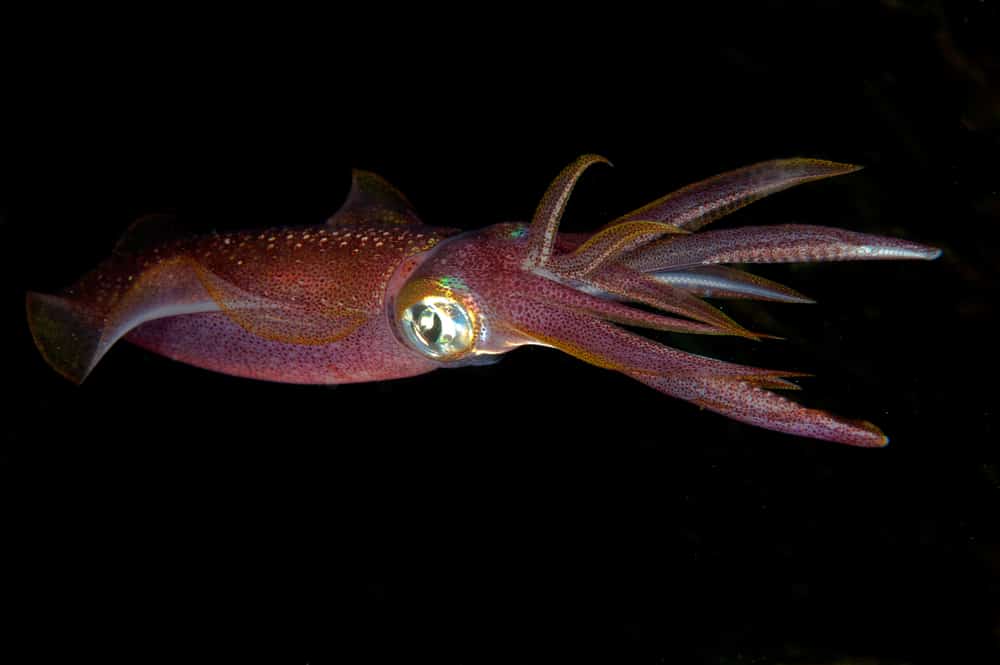
Vampire squid live up to their names, with their webbed tentacles that resemble a cape even Dracula would wear.
Despite the scary name, vampire squid are actually harmless.
They prefer to eat food particles that stick to their tentacles.
While other squid may squirt black ink at their predators, the deep-sea-living vampire squid shoots bioluminescent ink to blind their predators.
43. Voronezh Coach
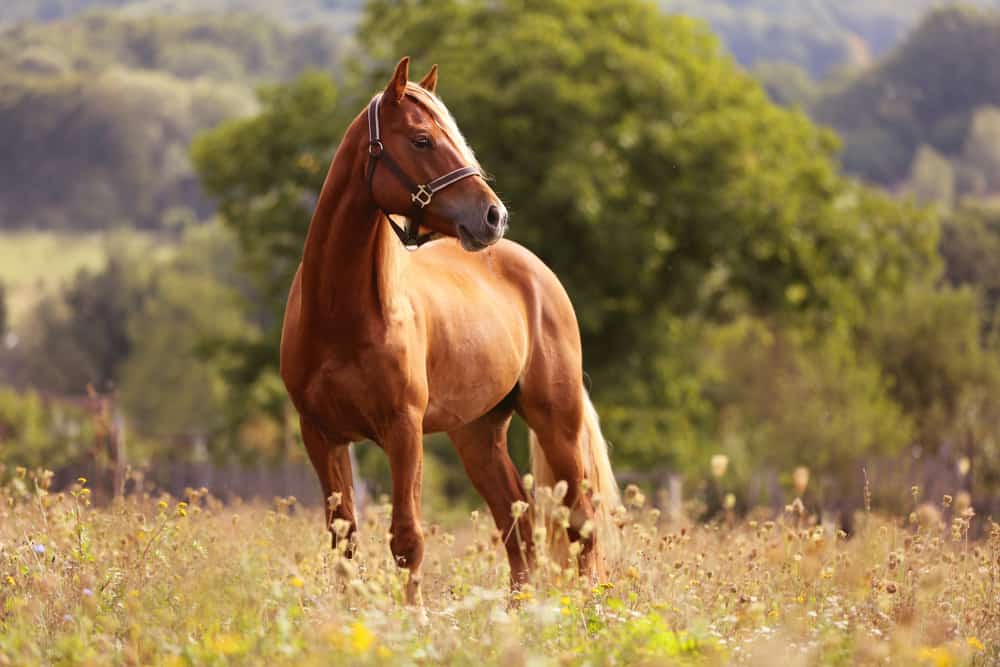
The Voronezh coach horse originates from Russia in 1938 when the local trotters were approved for breeding.
These horses stand between five feet and 5.4 feet.
Despite their large size, they’re known for being quite calm and willing to please their owners.
This breed is extremely rare to find these days.
44. Velvetfish
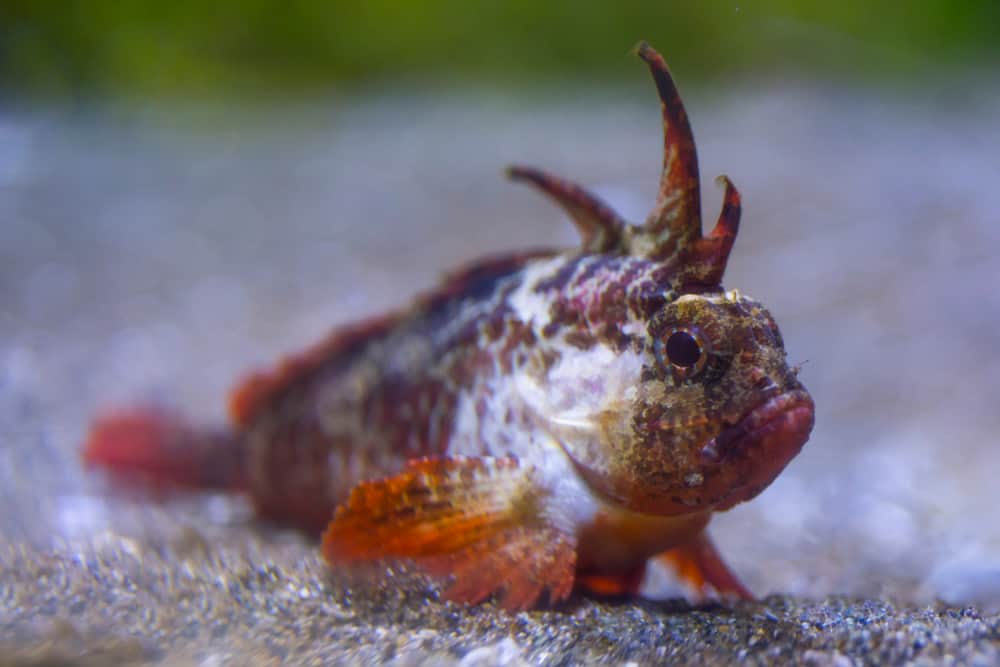
The velvetfish can easily be mistaken for some coral or craggy rocks thanks to its thick skin.
Velvetfish are native to Australia, most commonly found on the south side of the island.
These fish come in an array of unique colors and patterns, each helping them blend in, even when there is a group of them.
45. Virgin Island Dwarf Gecko
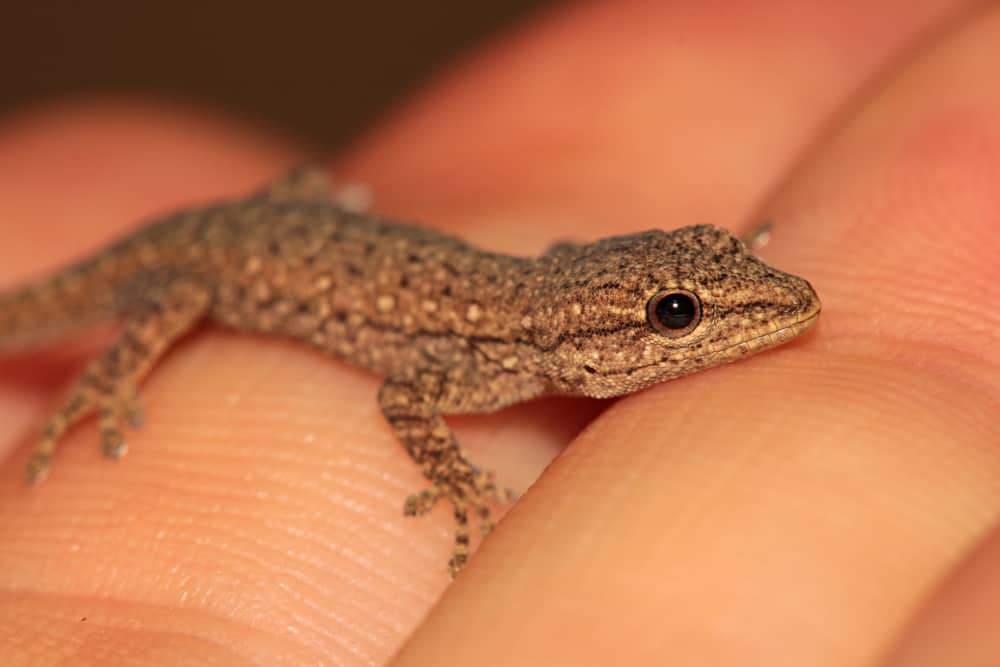
The Virgin Island dwarf gecko can only be found on three of the Virgin Islands.
Due to their limited habitat and elusive nature, the gecko wasn’t discovered until 1964.
With a length of 0.7 inches, they are the smallest reptile in the world.
They are also considered to be an endangered species.
46. Vladimir Heavy Draft
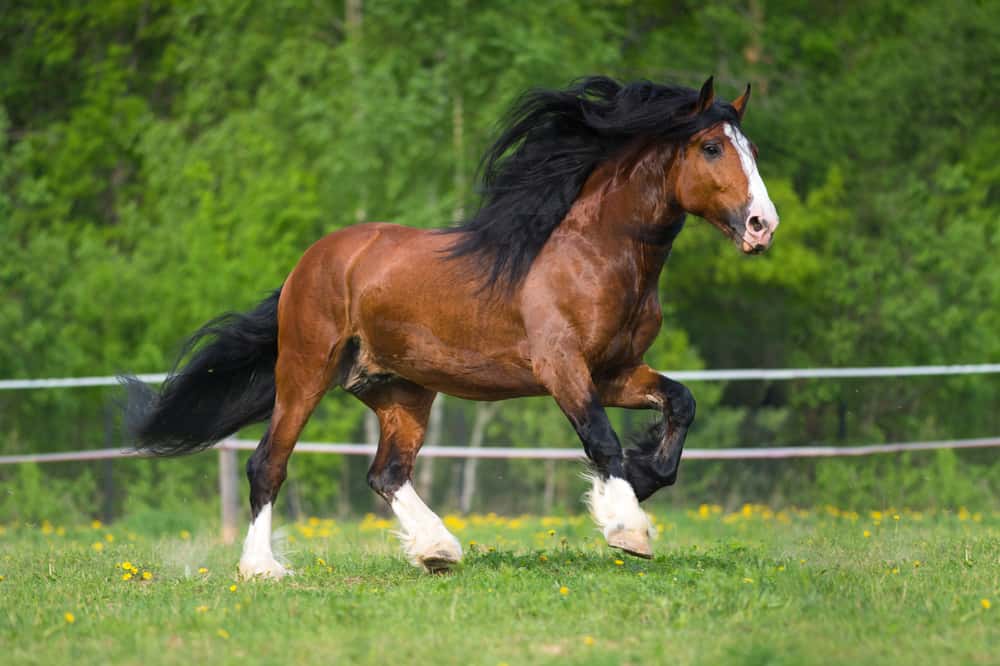
The Vladimir heavy draft horse is one of the strongest horses to come from the Vladimir region of Russia.
While these horses are meant to work in fields or tugging carriages, they may also be used for riding and even dressage.
In 1988, one Vladimir heavy draft horse pulled 4.5 tons across more than 6,500 feet in 12 minutes and 24 seconds.
47. Vagrant Spiders
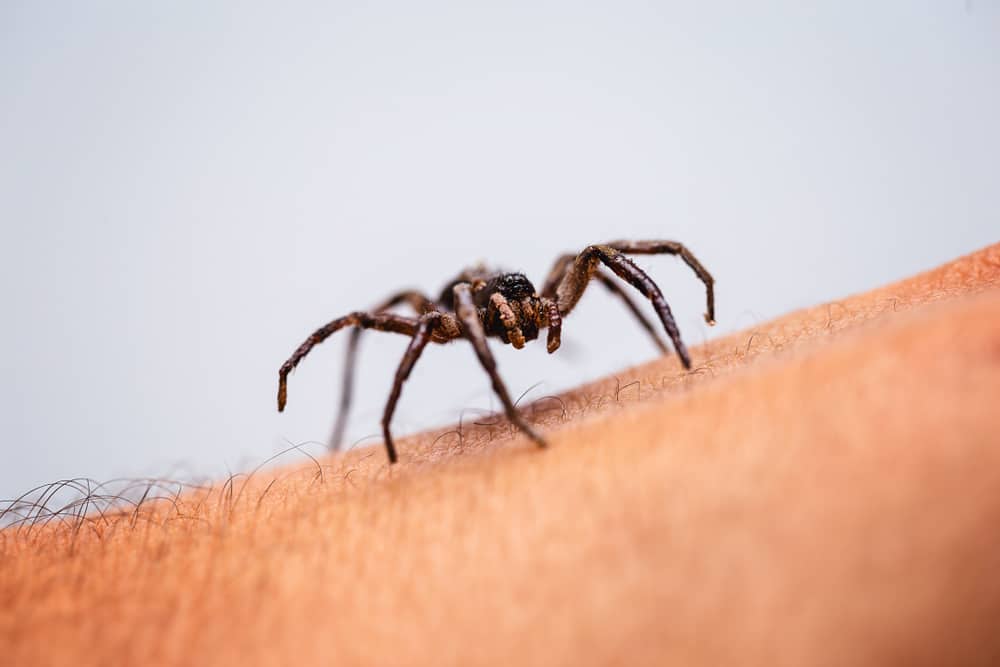
Vagrant spiders live in the forests of New Zealand, hiding under logs and stones.
If your New Zealand garden is supplying enough to meet their needs, they take up residency in your plants.
Thanks to their large fangs, being on the receiving ends of one of their bites can be extremely painful.
48. Vulcanodon
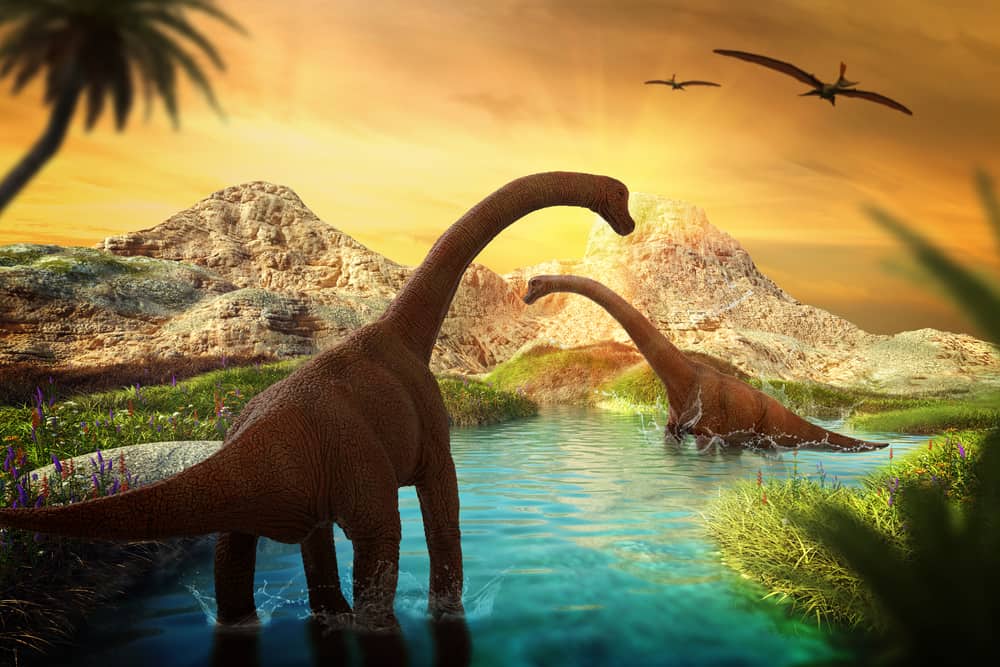
Vulcanodons were massive herbivores that lived during the early Jurassic period, 202 million to 205 million years ago.
Remains have been found only in Zimbabwe, and it stood at about 20 feet tall.
The Vulcanodon was originally found and named in 1972 by Michael Raath.
49. Vincent’s Bush Squirrel
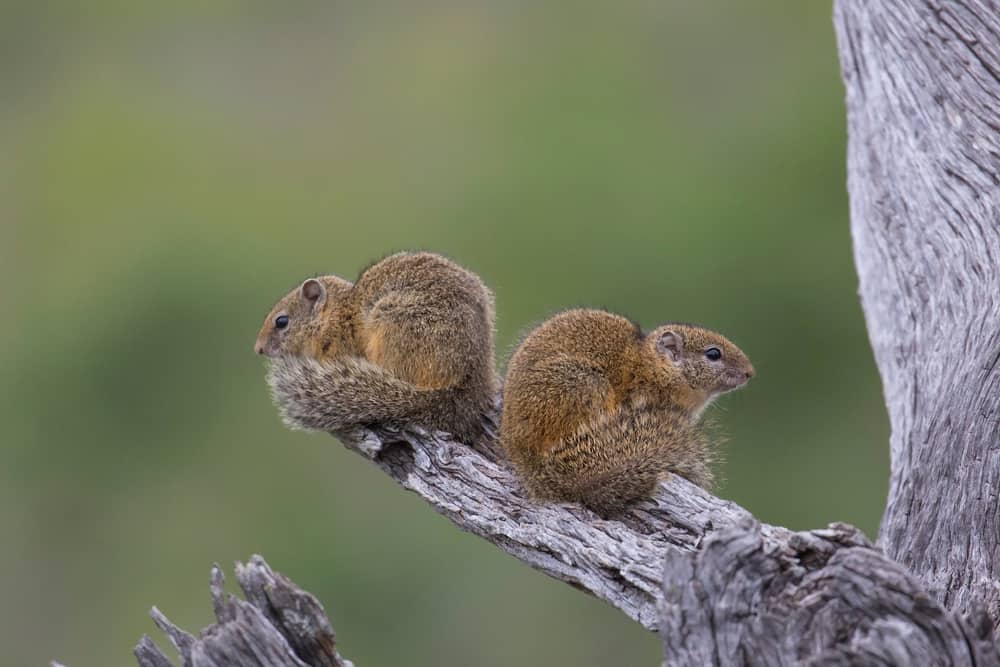
The Vincent’s bush squirrel was named after Jack Vincent, who was an ornithologist from England.
Sadly, they’ve become an endangered species due to deforestation caused by logging in Mozambique.
Recently, conservation efforts have helped local farmers maintain the small Vincent’s bush squirrel population near Mount Namuli.
50. Visagie’s Golden Mole
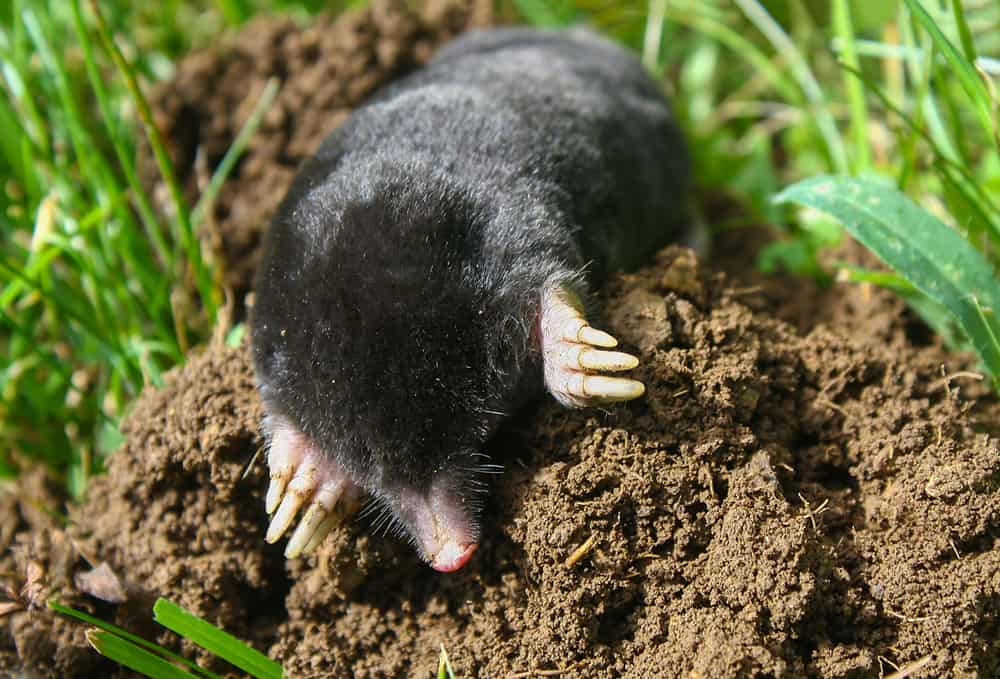
The Visagie’s golden mole can be normally found underground in Gouna, Northern Cape, South Africa.
They became critically endangered from 1996 until 2004.
After 2006, there has not been any sign of improvement for the wild population of Visagie’s golden moles.
By 2015, no data could be collected on the population, leaving many to wonder if there are any wild golden moles left.
51. Veiled Chameleon
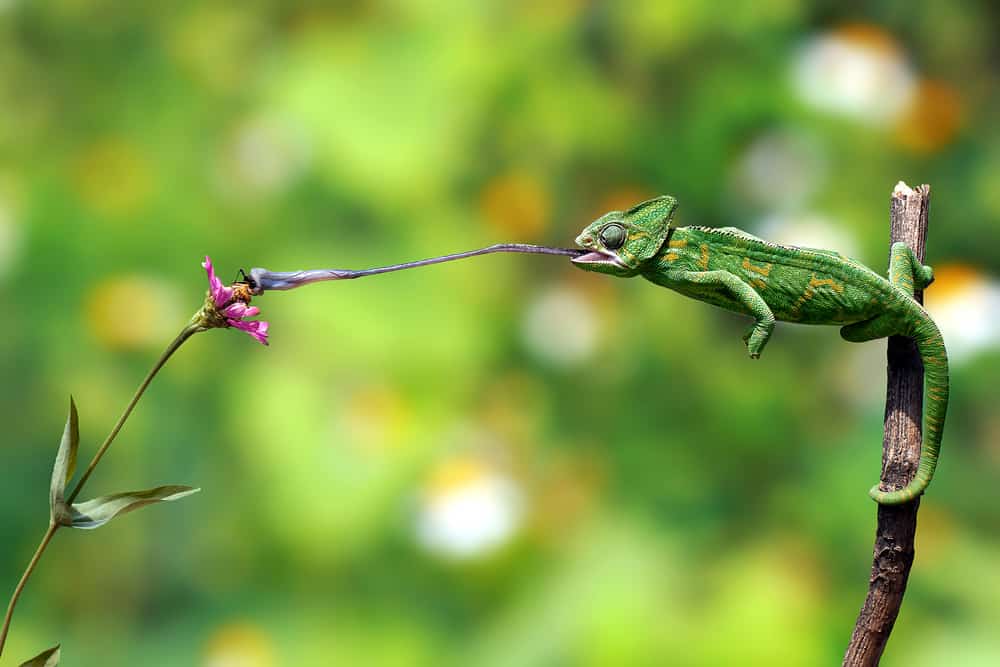
Veiled chameleons are best known for their ability to change colors in order to blend in with their surroundings.
Although native to Yemen and Saudi Arabia, colonies of veiled chameleons that have been bred from pets that were released into the wild have begun forming in Florida and Hawaii.
52. Velvet Scoter
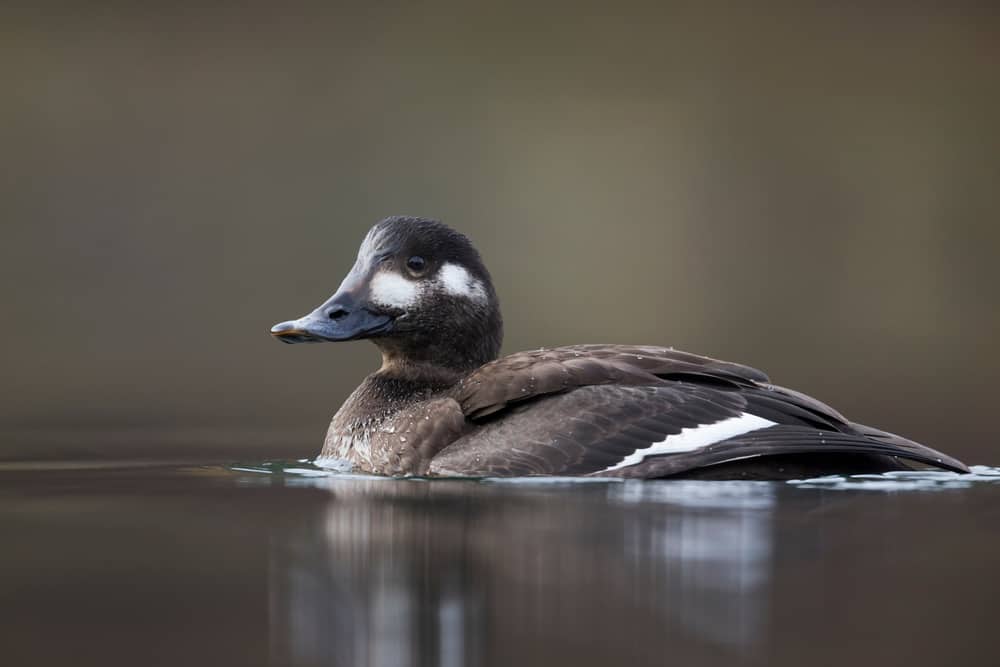
The velvet scoter is a mostly black duck with white markings near the eyes.
Females tend to be a lighter color and have smaller, white patches around their faces.
This breed of duck is currently considered endangered due to oil pollution and lower fish populations.
Although they were once considered to be extinct, a few flocks were able to be located in 2017.
53. Vendace
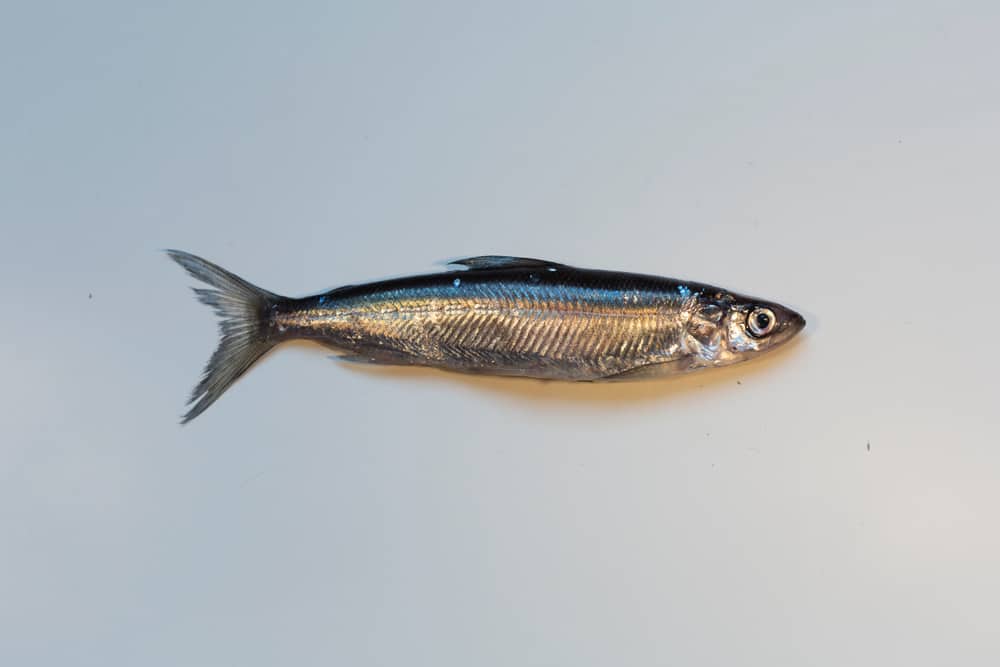
Vendace, or whitefish, love cold, hardy waters of the British Isles and are one of three types of whitefish to call the waters home.
They are the rarest freshwater fish in the United Kingdom.
These fish live for a maximum of six years and never leave the familiar waters where they feed on copepods and other planktonic crustaceans.
54. Veldkamp’s Bat
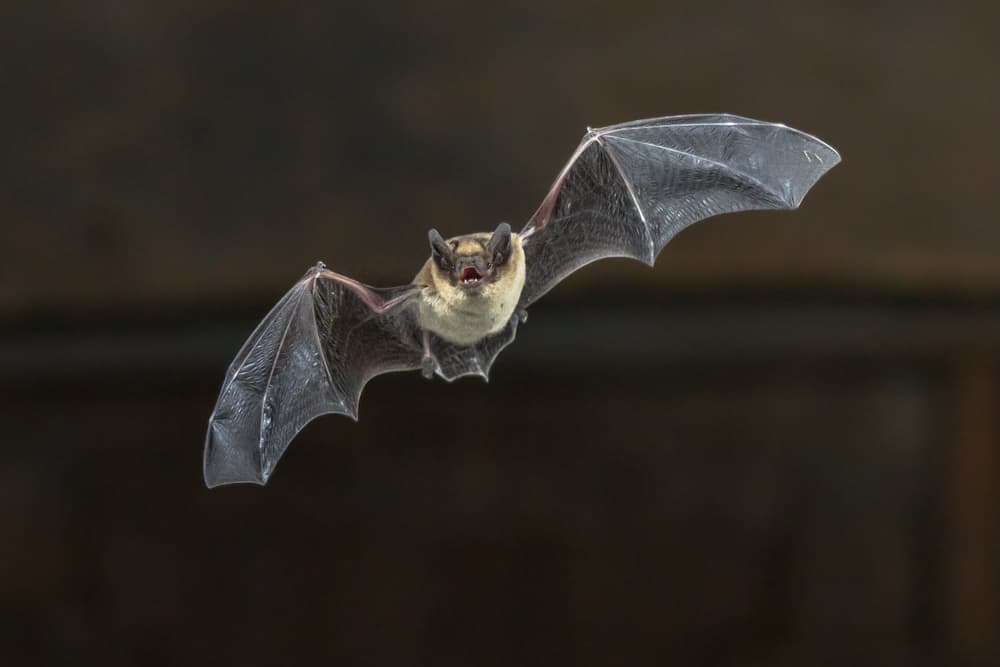
The Veldkamp’s bat is best known for its cow calf-like head.
These small bats only have a wingspan of about seven inches and can grow up to two inches in length.
Unlike many other species of bats, they lack a tragus, which is the piece of skin in the front ear canal that helps other bats find the locations of the sounds they’re hearing.
55. Vernay’s Climbing Mouse
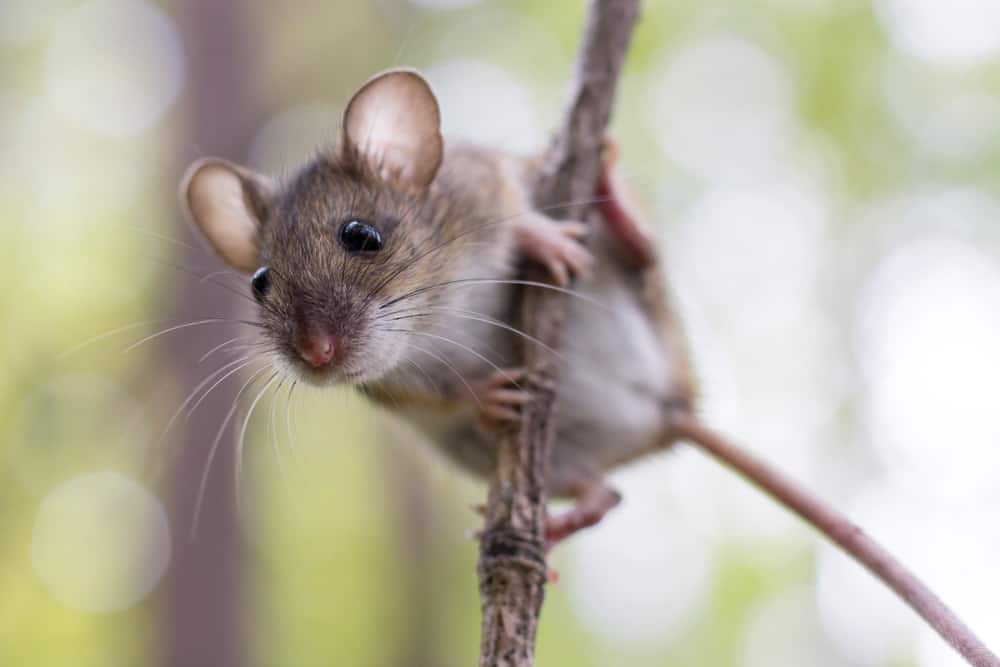
Vernay’s climbing mice could only originally be found in Angola but have now been seen in Yunnan, Gansu, Sichuan, and Shaanxi.
The species was named after the man who funded the expedition that discovered the rodent on, Arthur Vernay.
These tiny rodents are only between 2.3 inches and three inches in length.
56. Variegated Squirrel
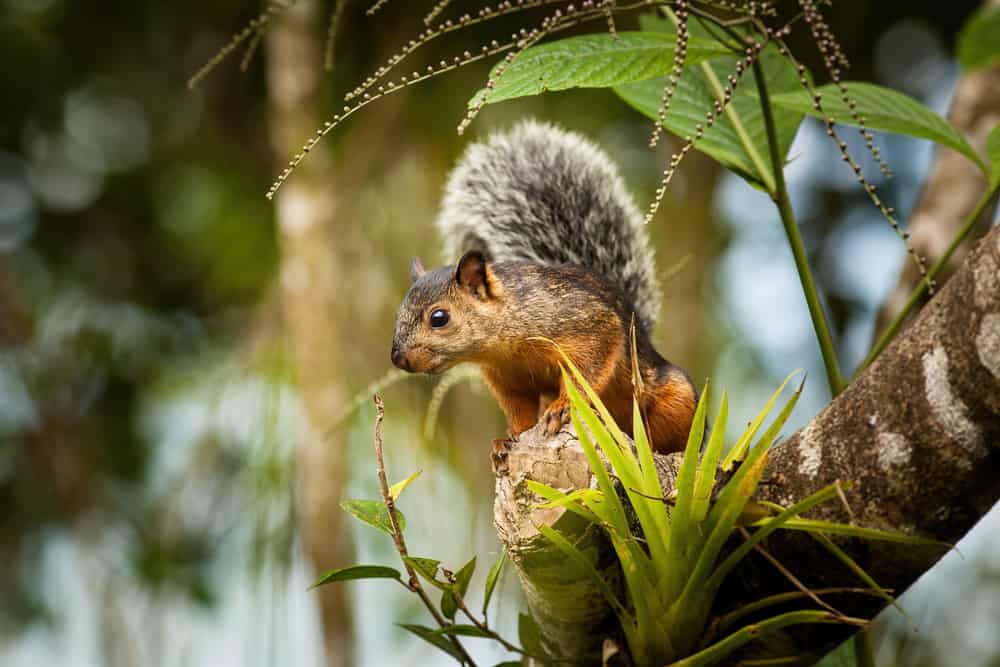
The variegated squirrel comes in nearly every color of fur, ranging from white or black to brown, gray, or even red.
These cute rodents can be found all over Central America, and especially in Panama.
They spend their days munching on fruit in the trees they call home.
In 2015, it was discovered that these squirrels carry their own virus, which ended up fatally affecting some German breeders.
57. Virginia Highlander
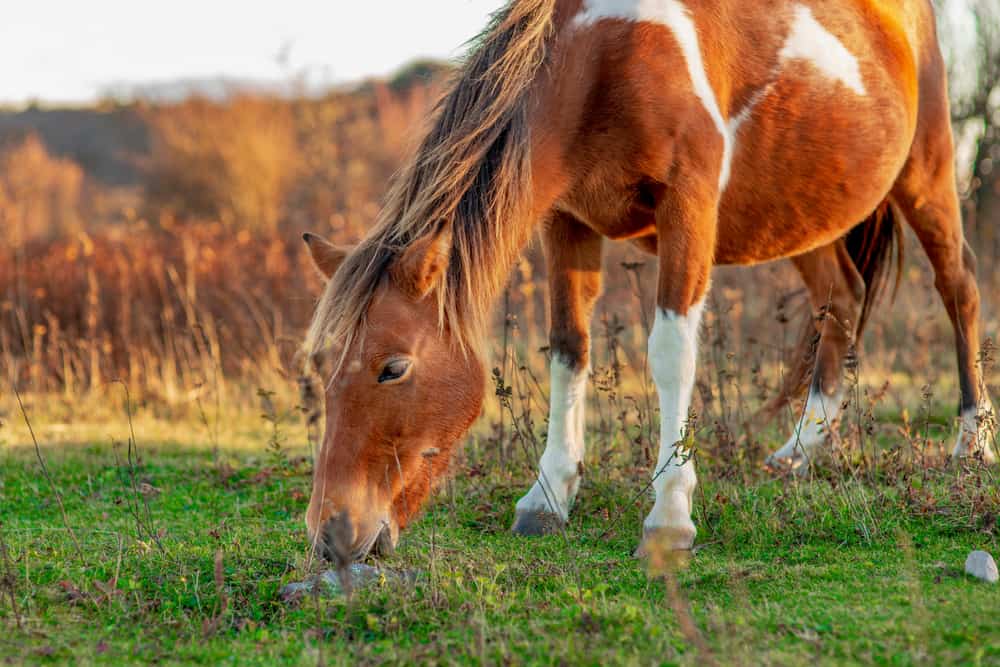
Virginia highlanders are one of the new breeds of horses and were officially established in the 1990s.
They’re most commonly used as riding horses thanks to their gentle and amiable nature.
The goal of the first breeder of the Virginia highlander was to breed the best riding horse possible, with a good temperament and plenty of speed.
58. Verata
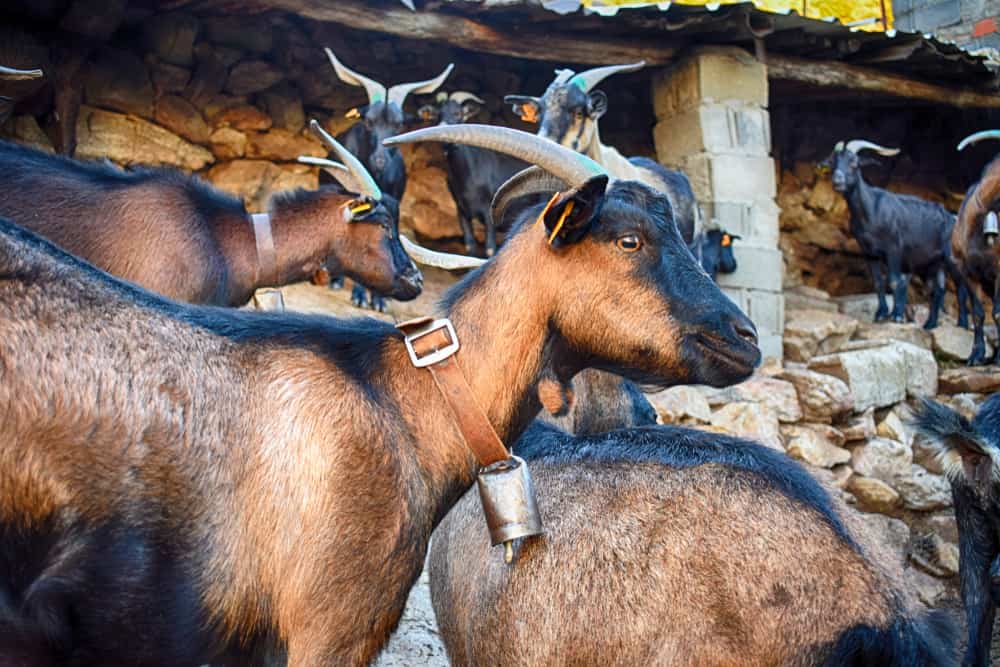
Verata goats are a breed from Spain that is raised to produce plenty of meat and milk.
In Spain, they use the milk from Verata goats to make a cheese that is known for being smoother than butter.
Today, there are only 17,000 Verata goats in Spain, but the breed has caught the eyes of farmers all over the world.
59. Vietnamese Tiger Gecko
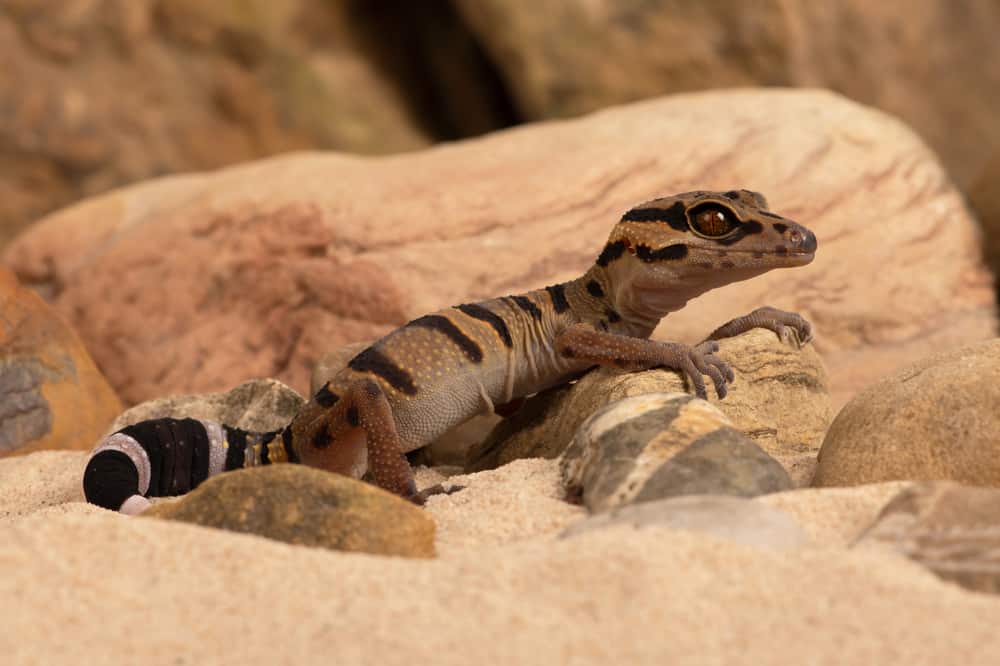
The Vietnamese tiger gecko is named after its tiger-like stripes.
They’re only found in a small part of Vietnam, but environmentalists are worried that they’re being sold into extinction.
The rules surrounding hunting and capturing animals are not heavily enforced, so the local population is disappearing rapidly.
60. Vlei Rat
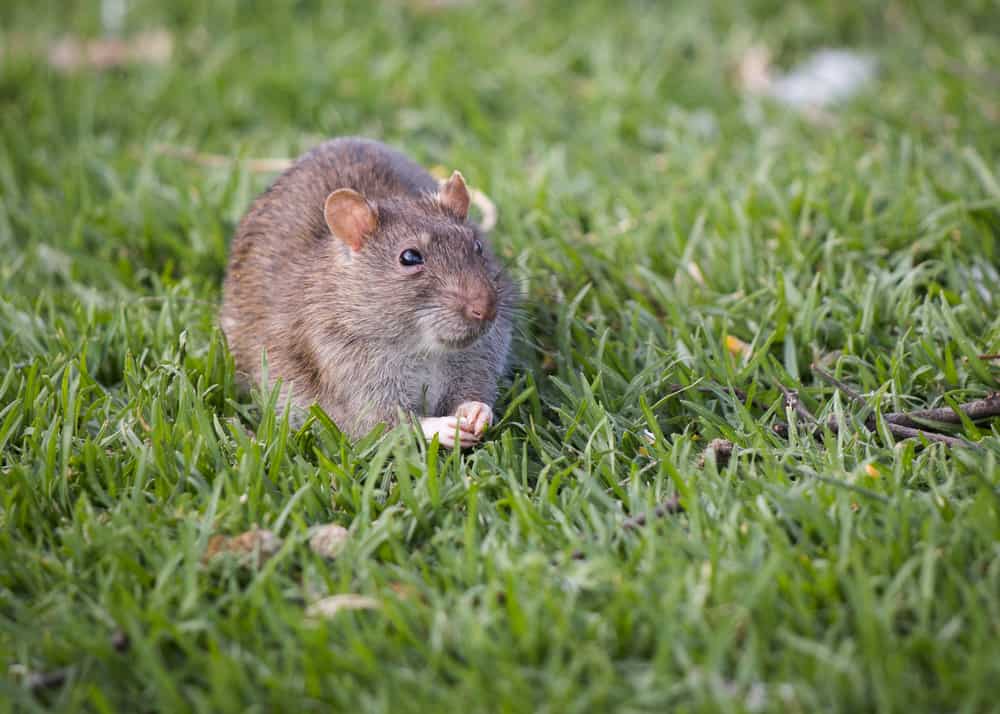
Vlei rats are much rounder and stumpier than the typical rats you may see on the streets.
They prefer damp marshes with plenty of grass to eat and hide in.
Vlei rats commonly die from getting too wet and losing too much body heat.
For it rains, they huddle somewhere dry to stay warm.
61. Venezuelan Criollo
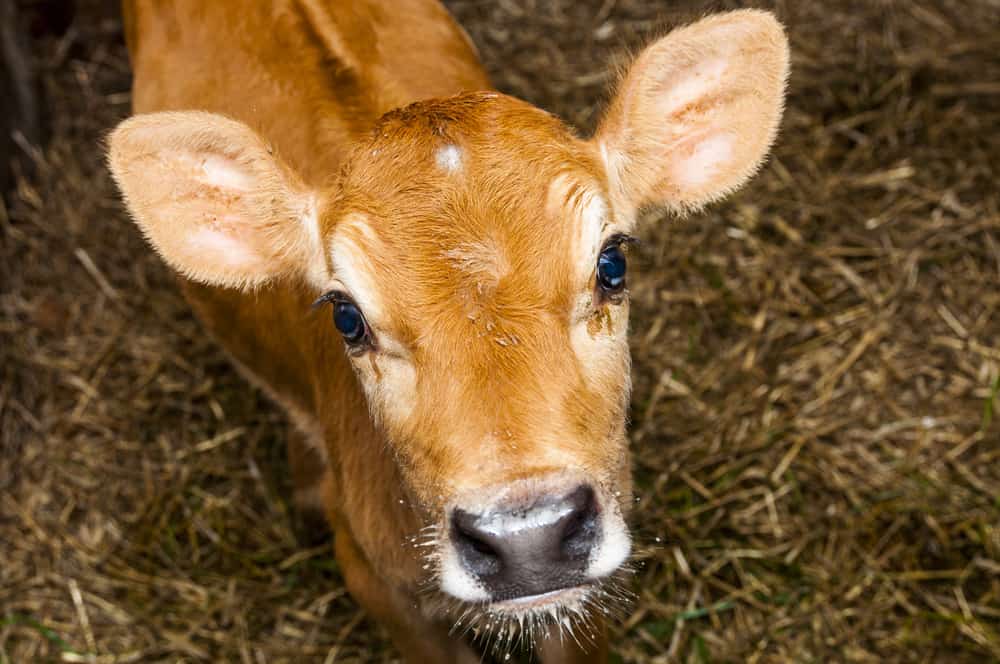
The Venezuelan Criollo, known in Venezuela as the Criollo Limonero, has been bred as cattle for over 528 years and was brought by Christopher Columbus on his second trip to the Americas.
Its name comes from the yellow tone of its coat.
Although they are typically milked, they are mostly bred for their meat.
62. Virginia Opossum
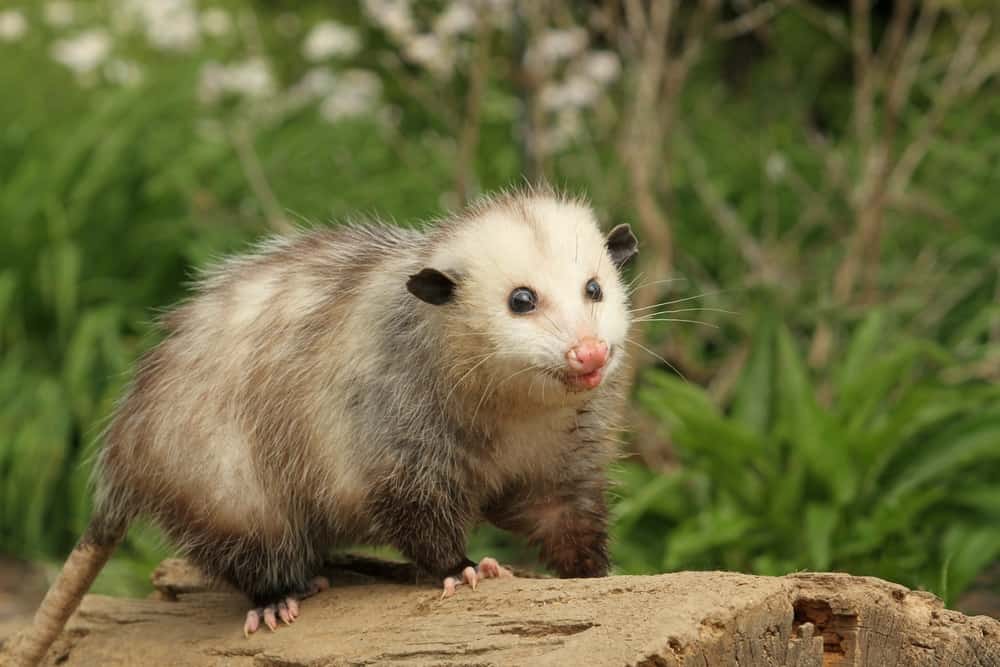
Virginia Opossums prefer to live in wooded areas near streams where the food supply is high, but they can be found in almost every type of ecosystem across North and Central America.
In the wild, Virginia opossums only live for a couple of years.
They can live for up to 10 years in captivity, although three to four years is typical.
63. Vesper Rat
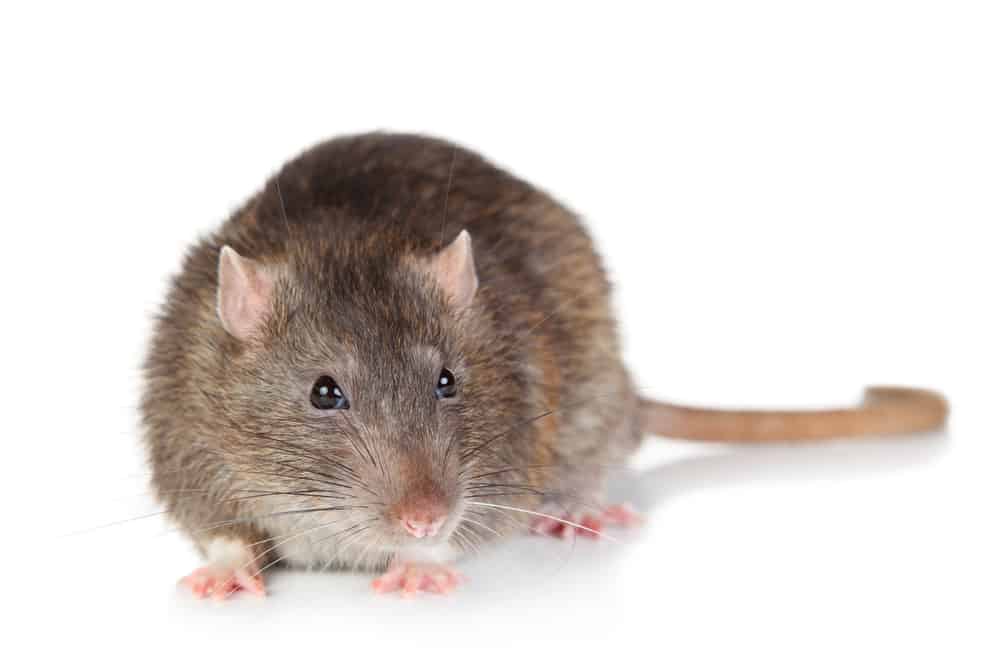
Vesper rats are golden rats with black lines near their eyes that go towards their nose.
Their long, thin, fuzzy tails and big round eyes give them a much cuter appearance than most other rats.
They spend their days looking for seeds and soft fruits around the Yucatan peninsula in Mexico.
64. Vancouver Island Marmot
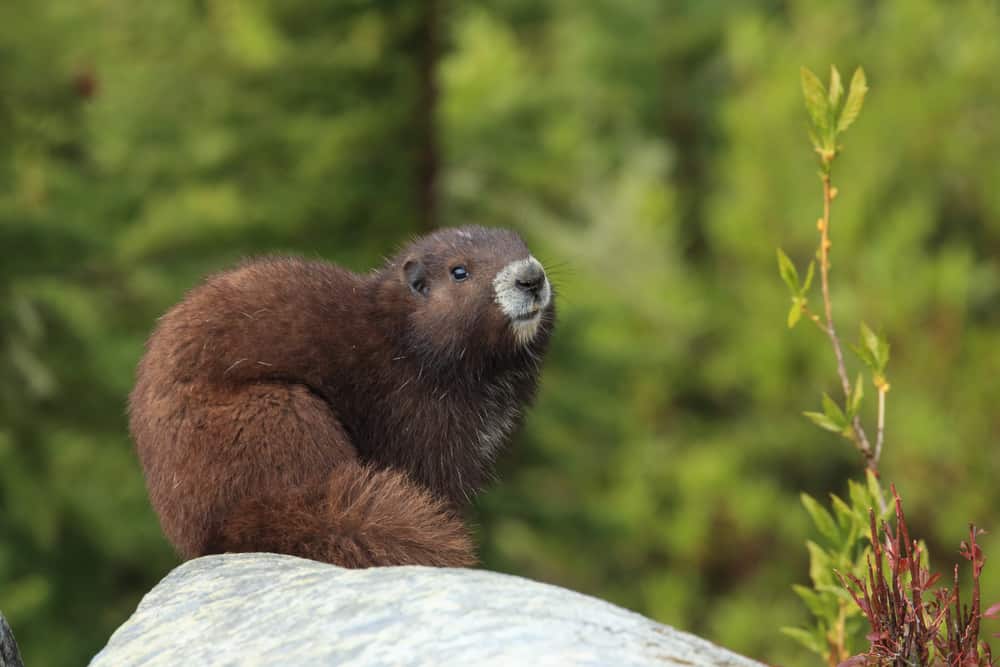
The Vancouver Island marmot is the most endangered species in Canada.
In 2004, there were fewer than 30 remaining marmots.
Luckily, recovery efforts have shown to be extremely beneficial and the population has increased.
Vancouver Island marmots are the largest member of the squirrel family and are about the size of a house cat.
65. Ventasso
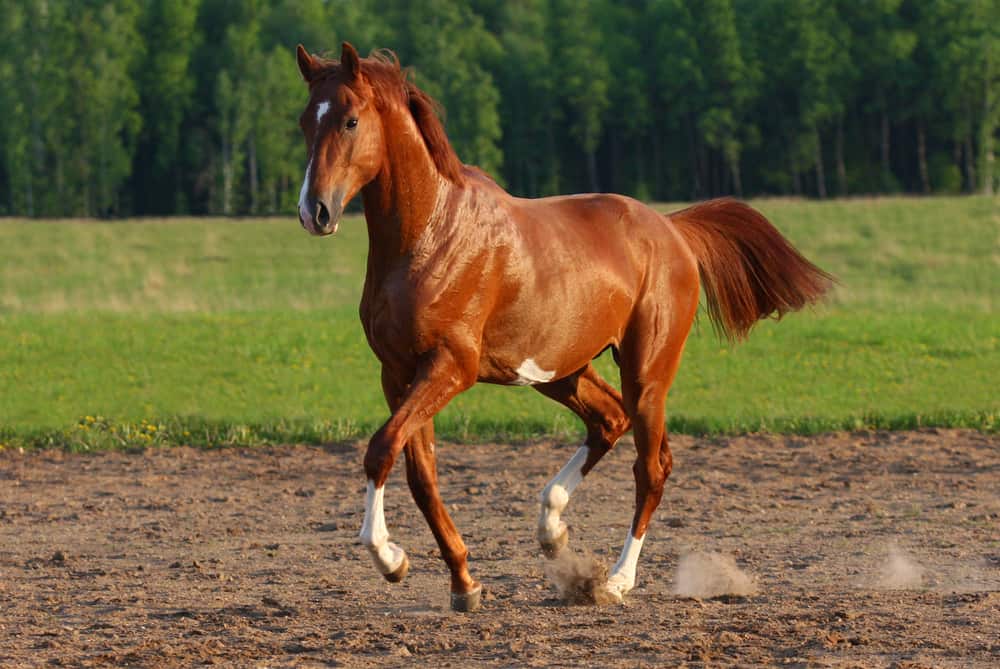
Ventassos are one of 15 breeds of horses indigenous to Italy and are extremely rare.
The breed nearly went extinct before the Italian government took steps to ensure that the breed would remain in existence.
They’re incredible sporting, show, and riding horses with a well-rounded temperament.
A ventasso can stand between 4 feet 11 inches to 5 feet 5 inches tall.
66. Verhoeven’s Giant Tree Rat
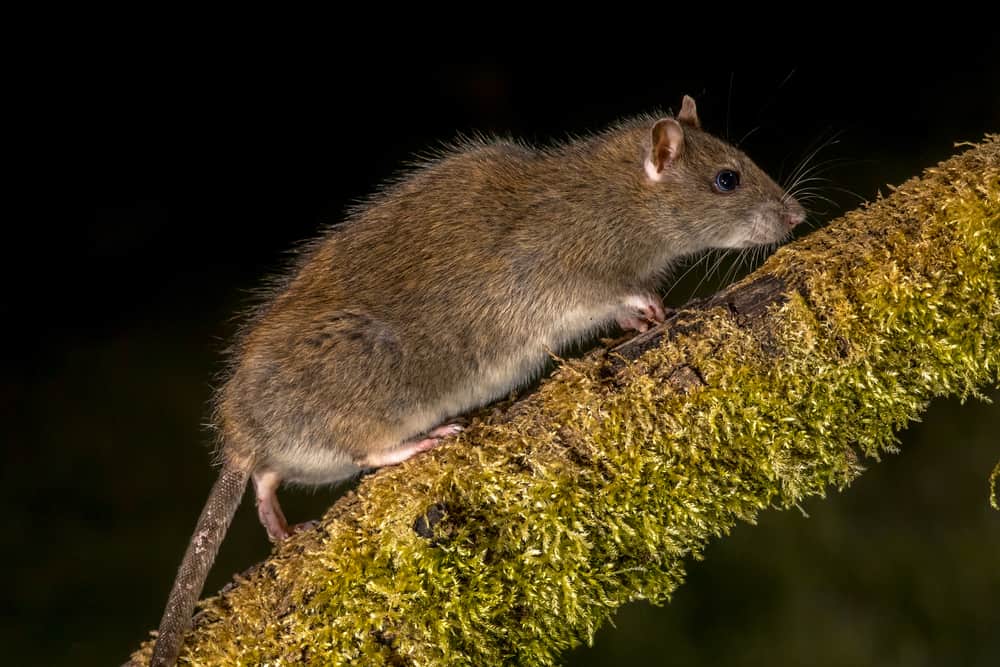
Verhoeven’s giant tree rat eluded scientists for generations, despite apparently having been spotted in 1974.
All scientists had were the skeletal remains of the creature to confirm its existence.
After another search for the animal in 1996, it was concluded that Verhoeven’s giant tree rat was extinct.
However, scientists later found that the bones they had been studying were much older than they thought.
It is most likely that the giant tree rat actually died out during the 1500s.
67. Vampire Bat
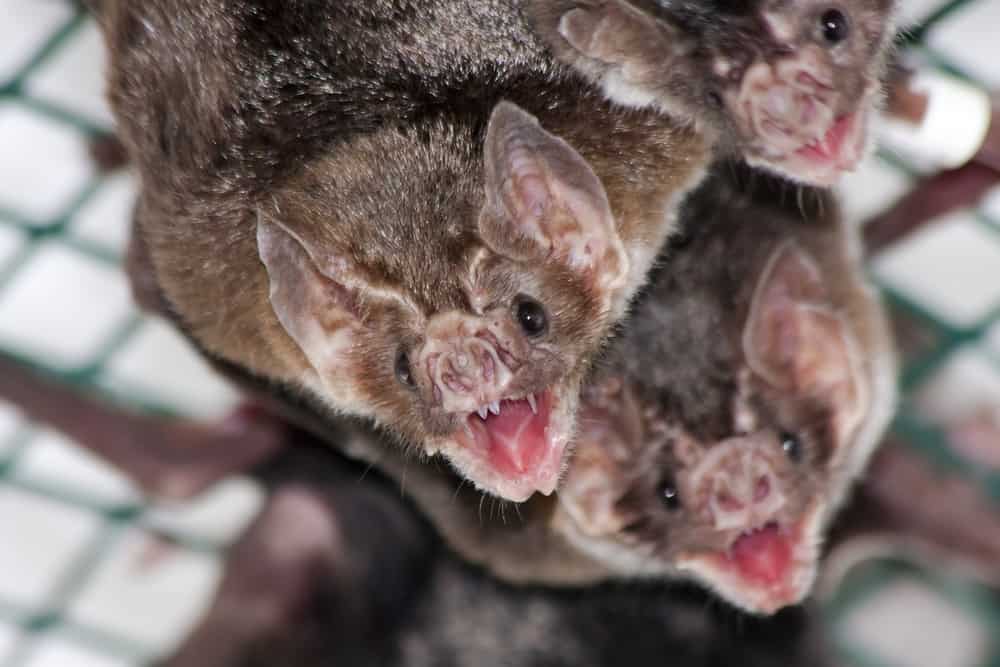
Unlike the vampires from myth, vampire bats don’t suck the blood out of their victims.
They use a protein called Draculin to make the blood flow out of the body more smoothly and then they lap the blood up with their tongue like how a cat drinks water.
Contrary to popular belief, vampire bats don’t actually like to attack humans and normally only do it out of defense.
68. Viperfish
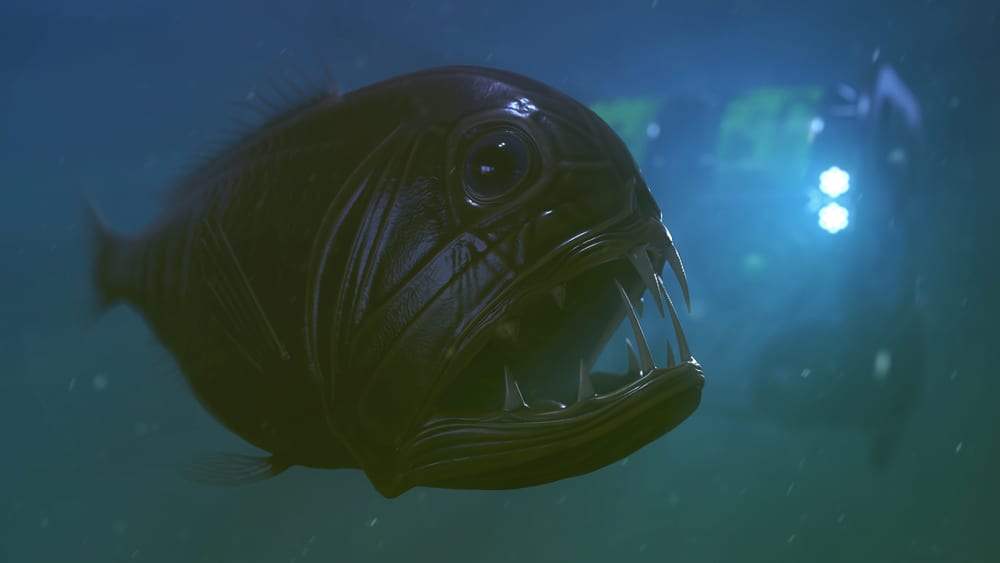
Viperfish are one of the many terrifying creatures that lurk in the deep sea.
Their snake-like bodies grow to be about 11 or 12 inches.
These fish have long sharp teeth that grow to be larger than what can fit in their mouths.
They live in tropical waters, at least 9,000 feet below sea level, and are rarely seen by humans in the wild.
69. Vervet Monkey
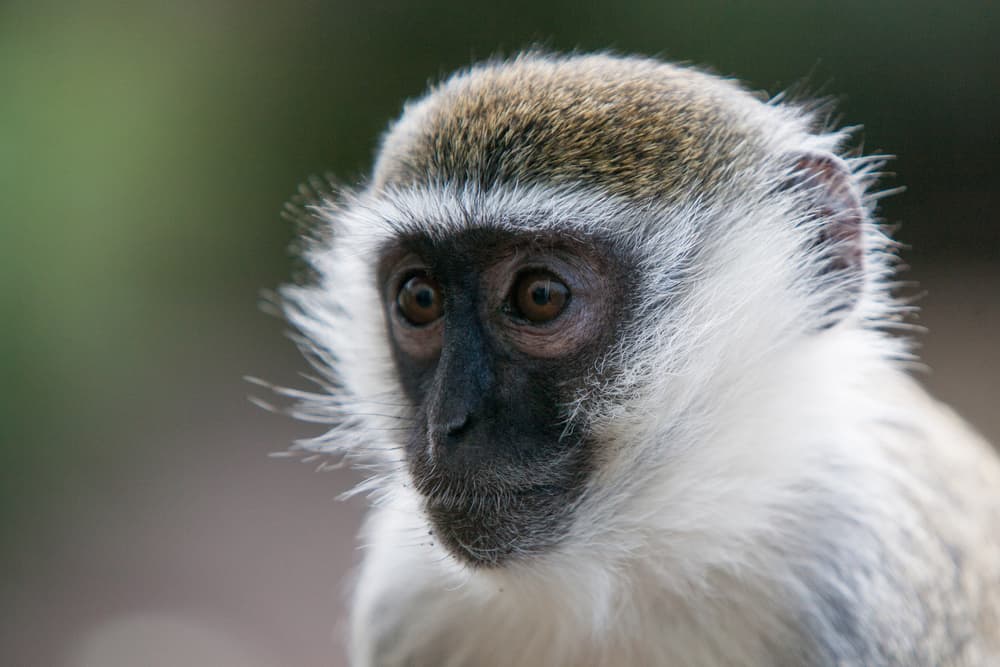
Vervet monkeys can be found all over Africa, from South Africa all the way up the eastern coast to Ethiopia.
They live in the Acadia woodlands near streams, rivers, and lakes where food is most abundant.
Normally, Vervet monkeys will only eat leaves, fruits, grass seeds, and roots.
However, they will occasionally eat eggs, baby birds, hares, and other rodents.
70. Vireo
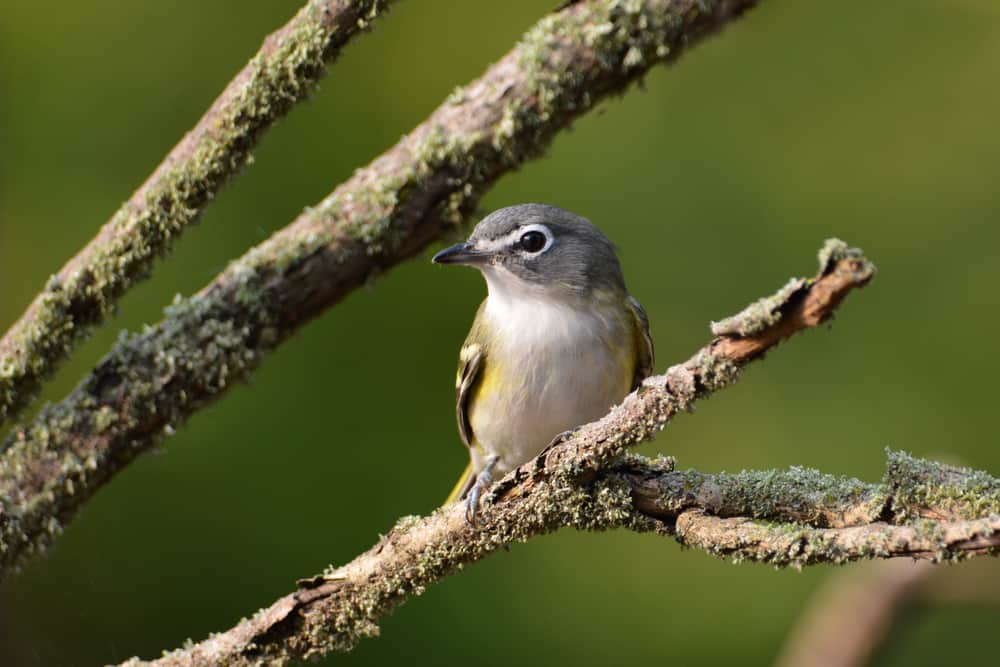
Vireos are a family of small, green, migrating birds that can be found all over the world.
There are 13 different species of vireos that can be found in the United States, Canada, and Bermuda.
Vireos, like the yellow-throated vireo, are known for their songs and pleasant-sounding calls.
The largest member of the Vireo family is the Green-Shrike vireo.
71. Vietnamese Flying Frog
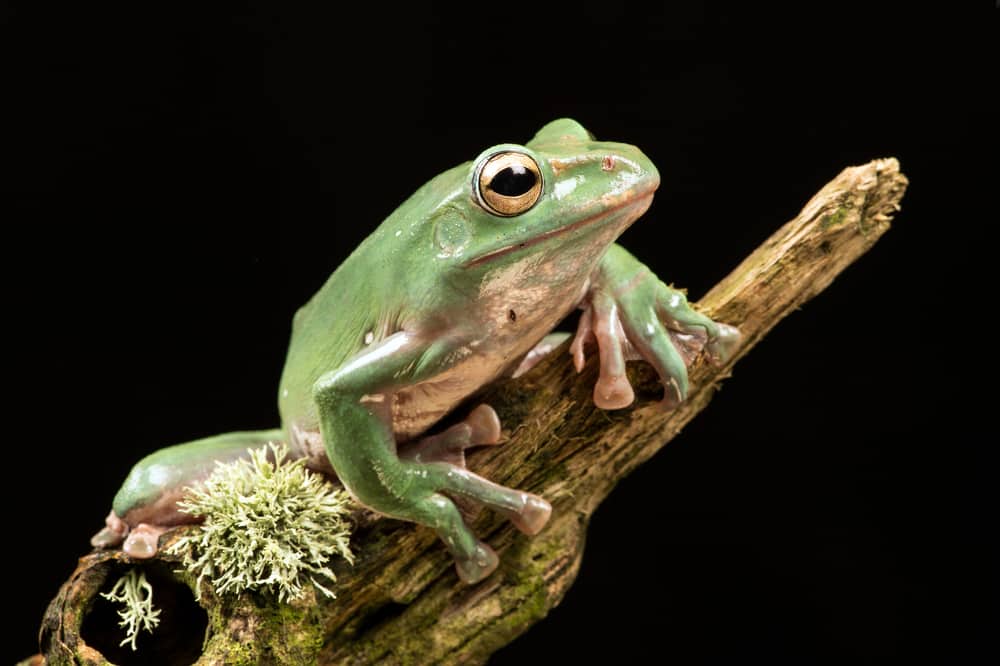
The Vietnamese flying frog is a new species of frog that was discovered in 2013.
The frog was found near Vietnam’s largest city, Ho Chi Minh City.
These frogs were able to avoid the sight of people thanks to their ability to blend in with the high canopy of leaves that they live in.
72. Vimba Vimba
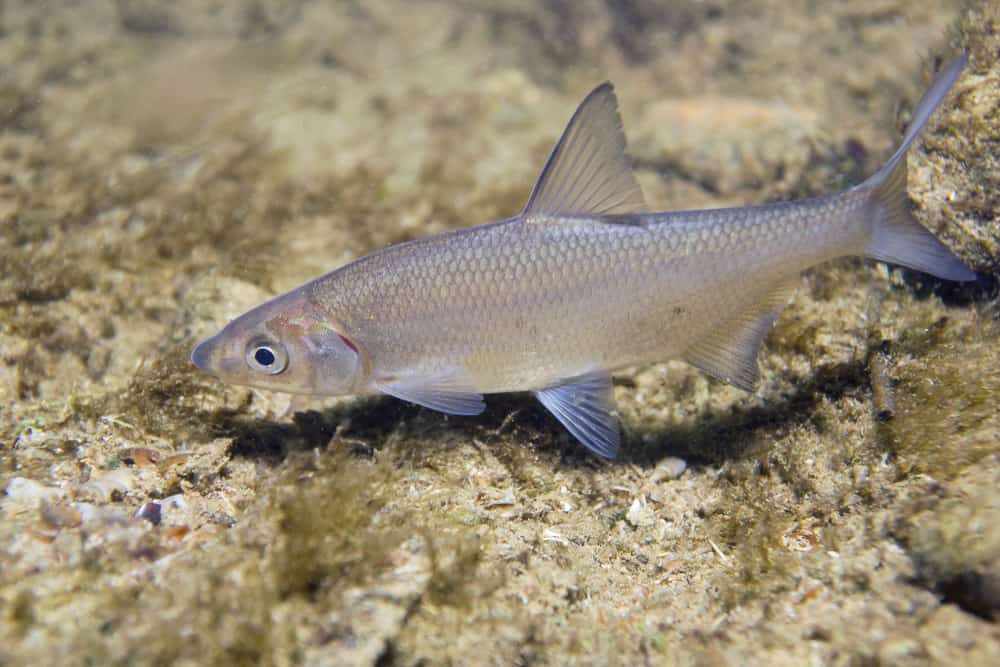
The Vimba Vimba has many different names, including the zarte, zanthe, vimba bream, or simply vimba.
They can be found in European freshwater rivers during their breeding season in spring.
However, they return to cold ocean waters throughout the rest of the year.
73. Virgin Islands Tree Boa
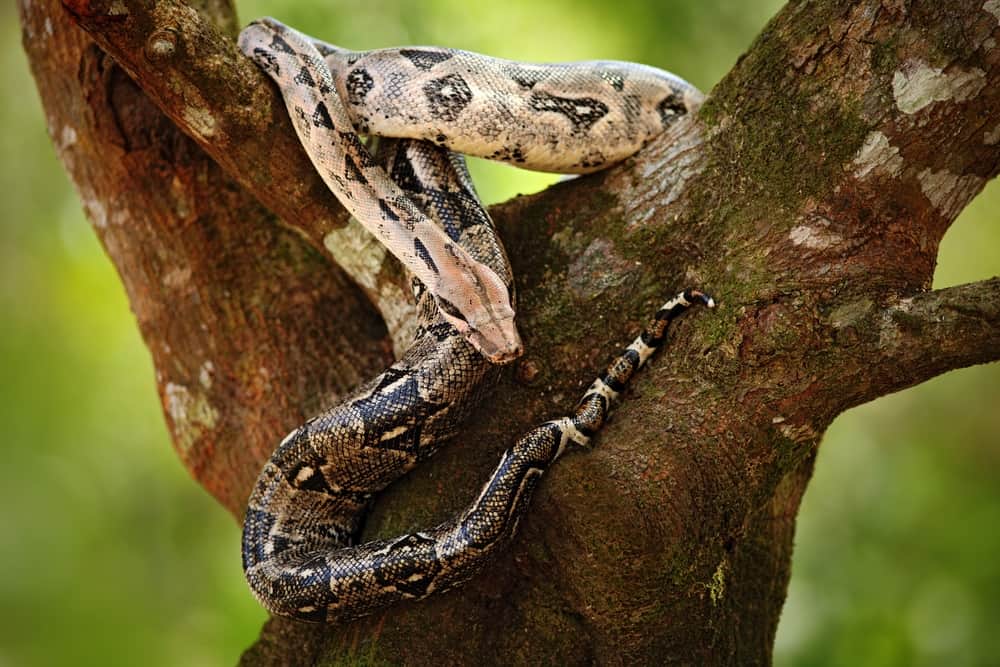
Virgin Islands tree boas are small, harmless snakes that originated in the Virgin Islands but can now be found in the United States and Puerto Rico.
Despite their habitat expanding, they’re incredibly rare and are classified as an endangered species.
74. Velveteen Lop
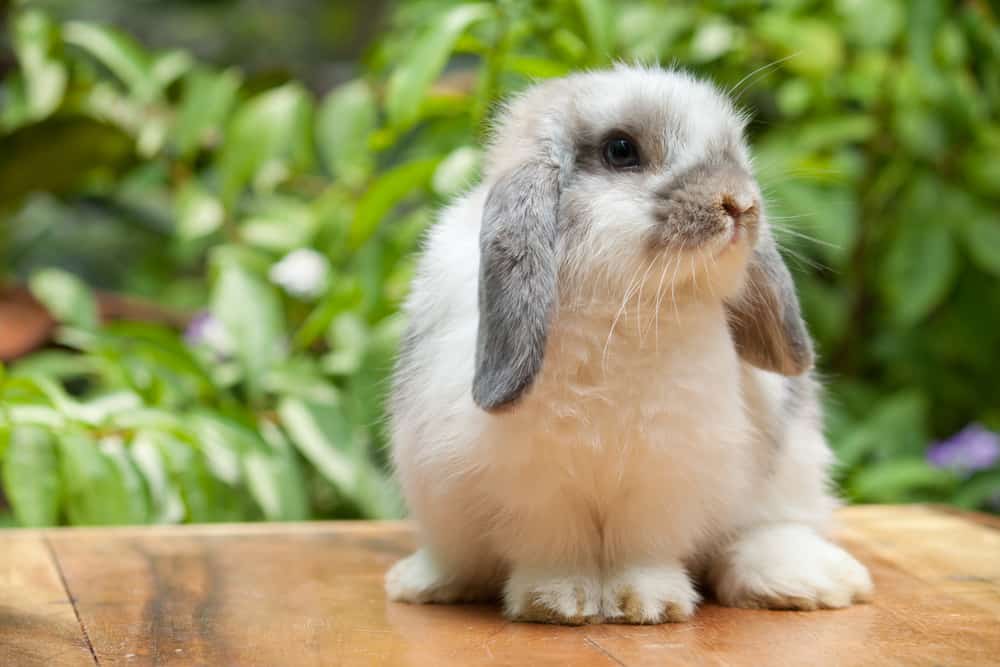
Velveteen lops are a breed of domesticated rabbits that are known for their comically large ears and soft coats.
The breed was named after the character from the book The Velveteen Rabbit when they were introduced in the 1980s.
They’re the result of breeding mini rexes and English lops.
75. Velociraptor
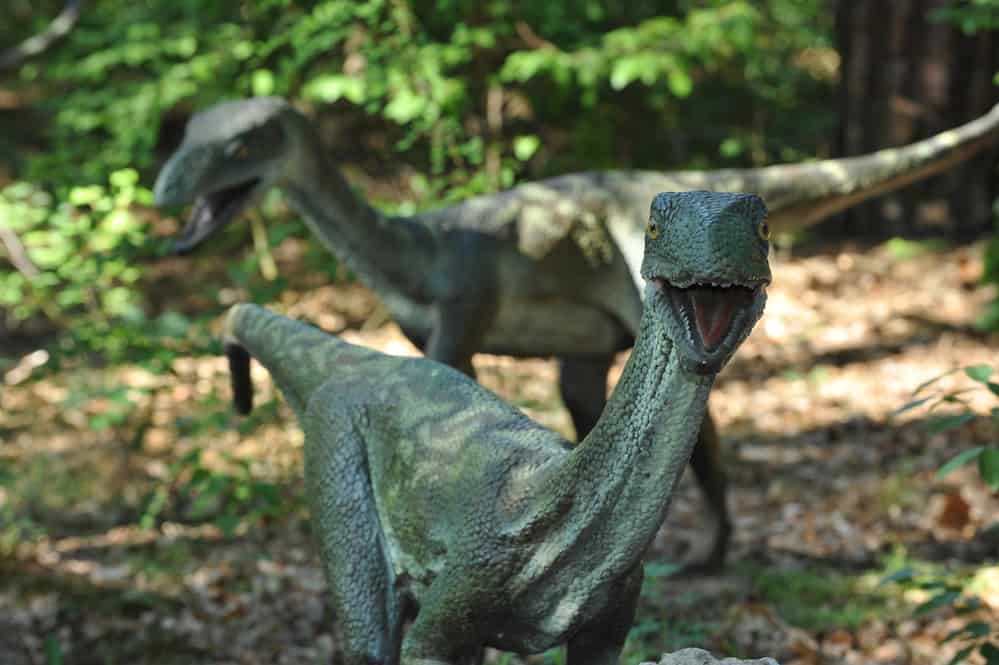
The name velociraptor became vastly more popular than the actual dinosaur.
The writers behind Jurassic Park modeled their version of the velociraptor after the deinonychus, which was much more intimidating than an actual velociraptor.
In reality, the real Velociraptor was only about two feet tall and was covered in thin feathers, like a chicken.
NEXT:
How Much Does It Cost To Rent A Porta Potty? (2023 Updated)

